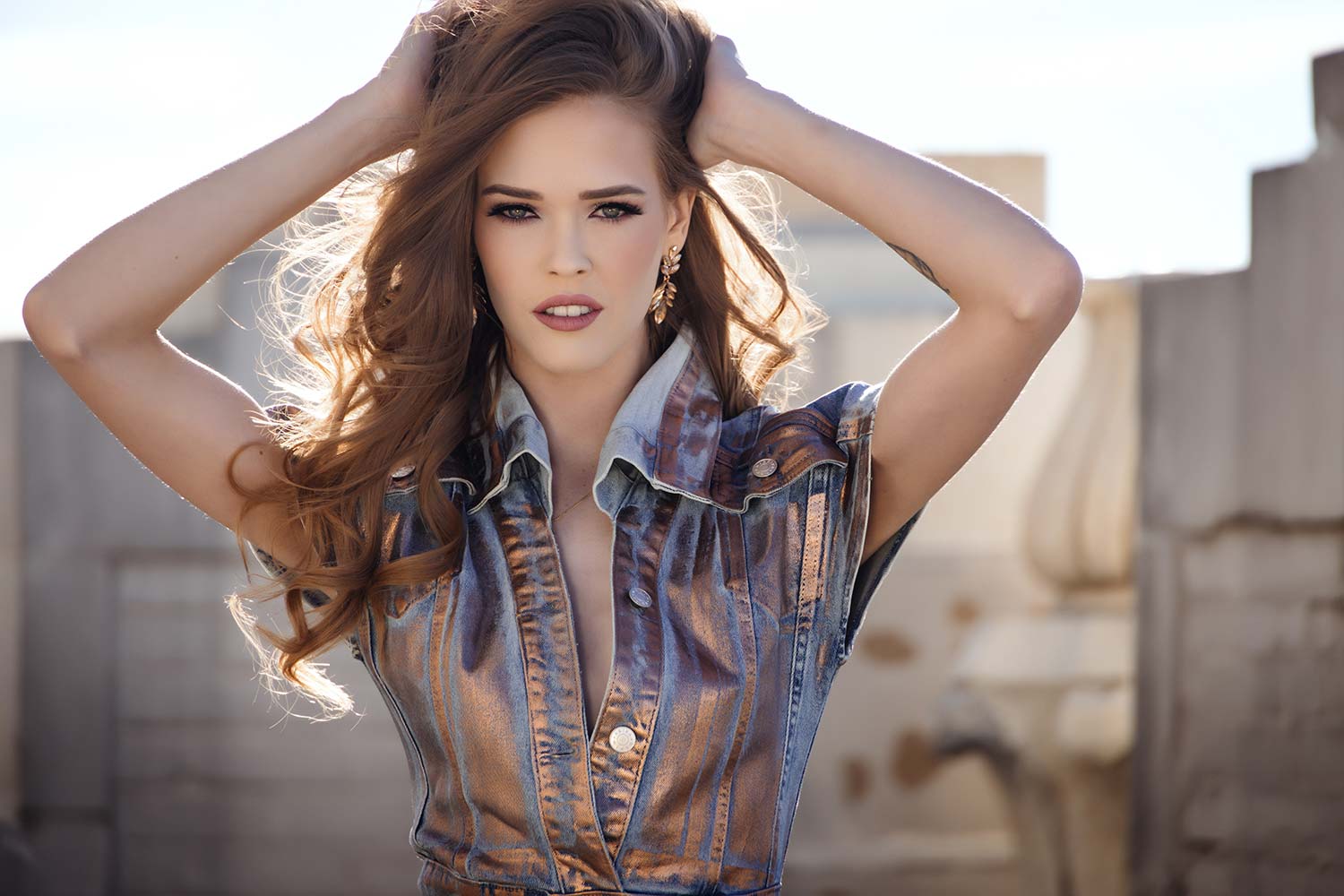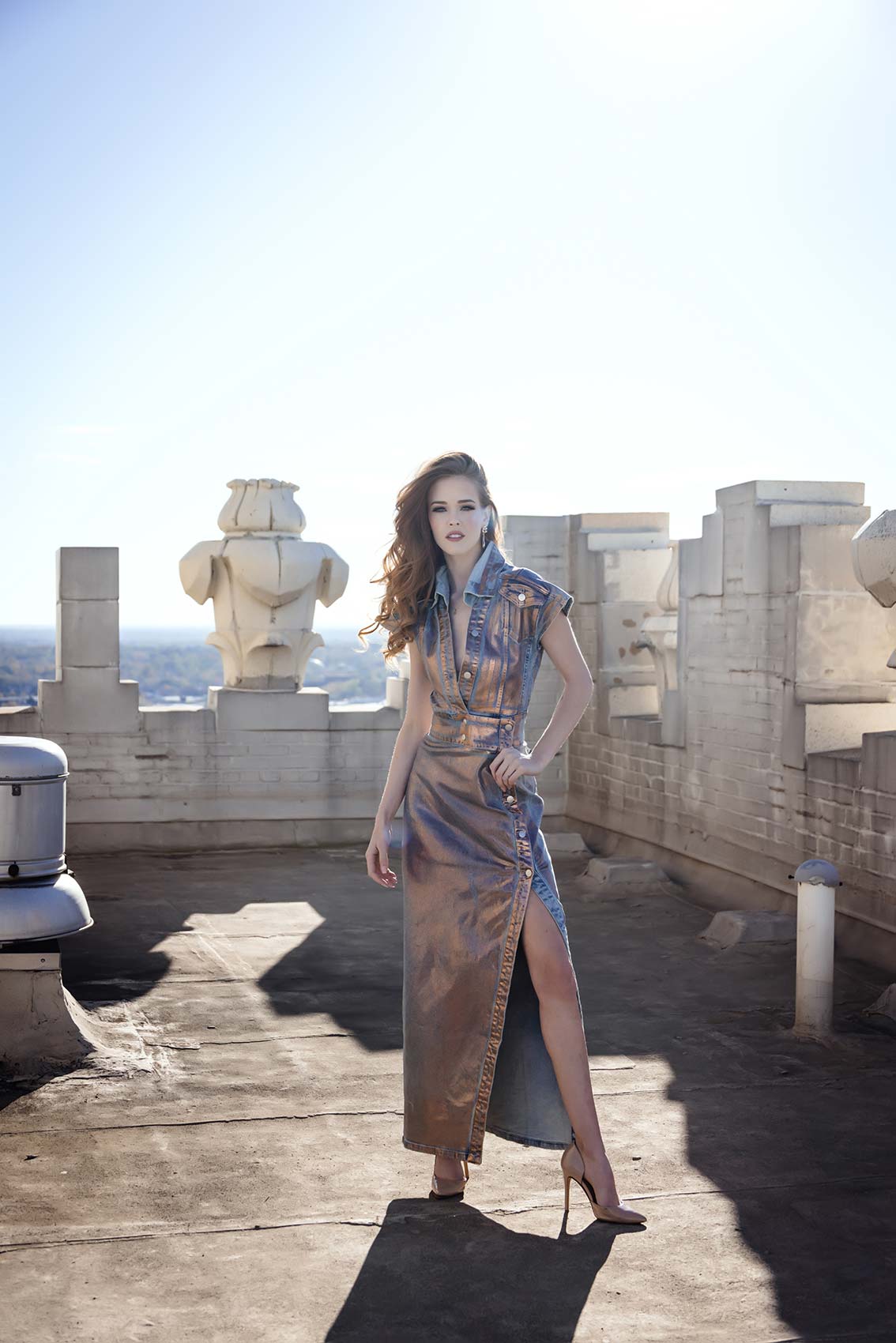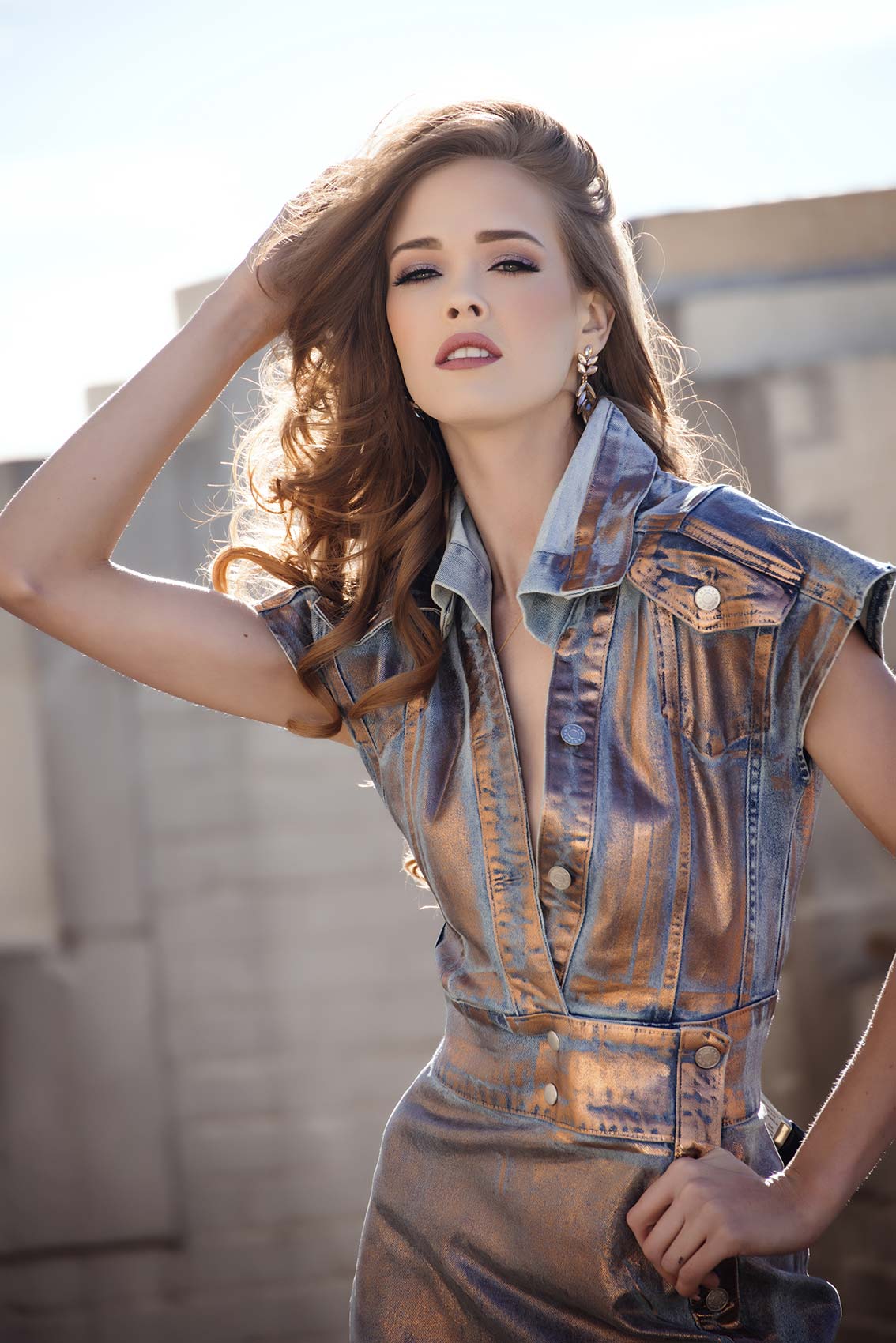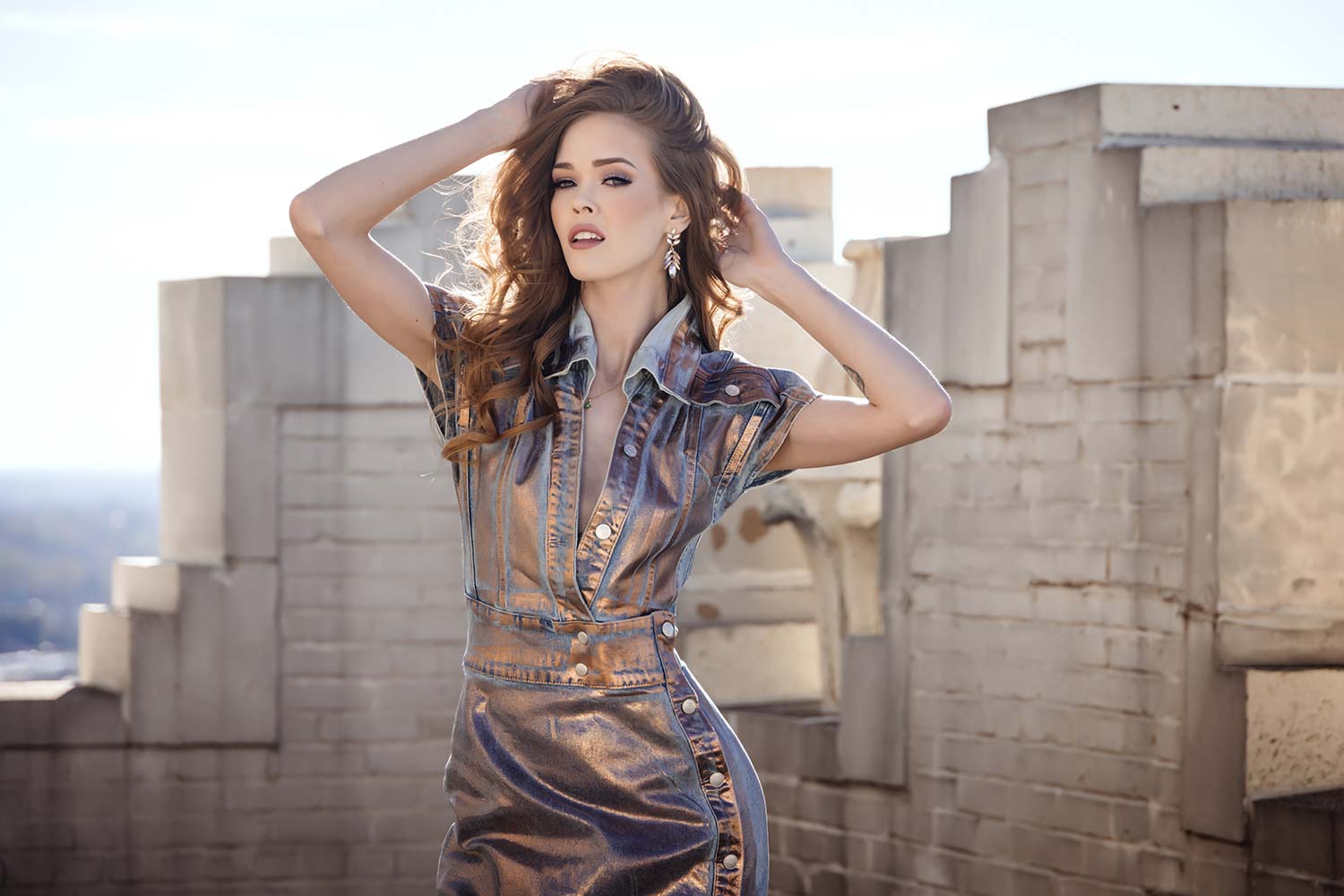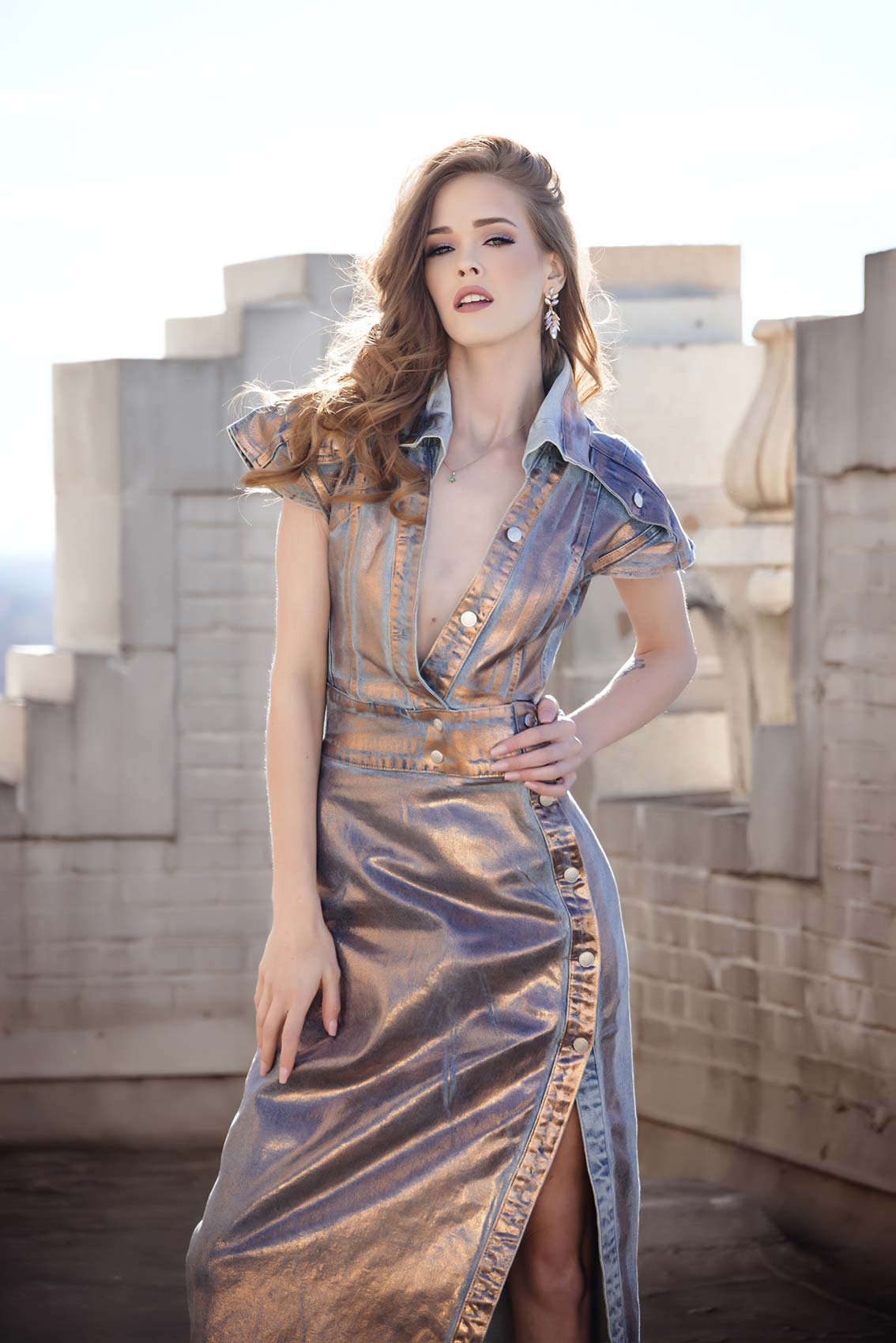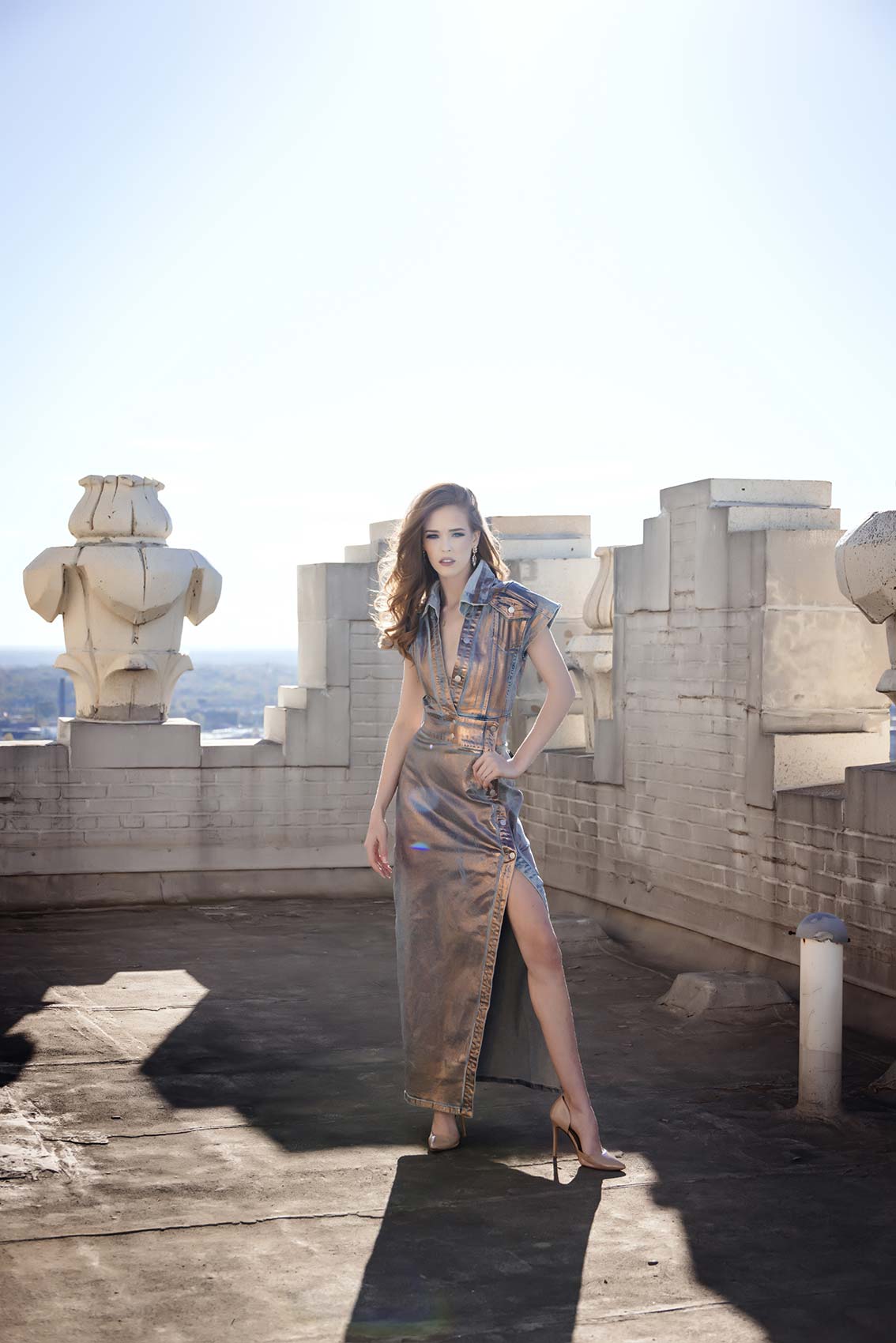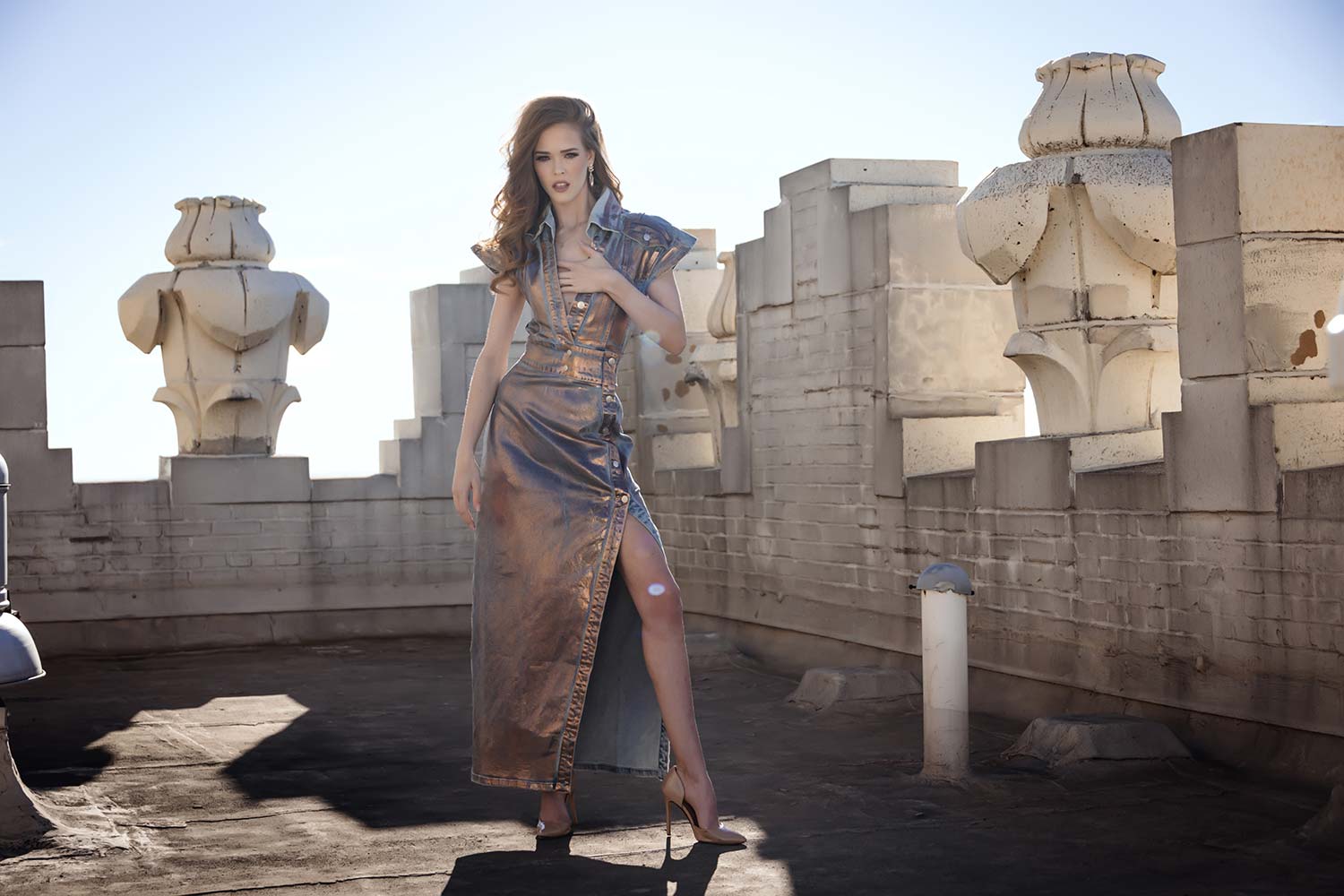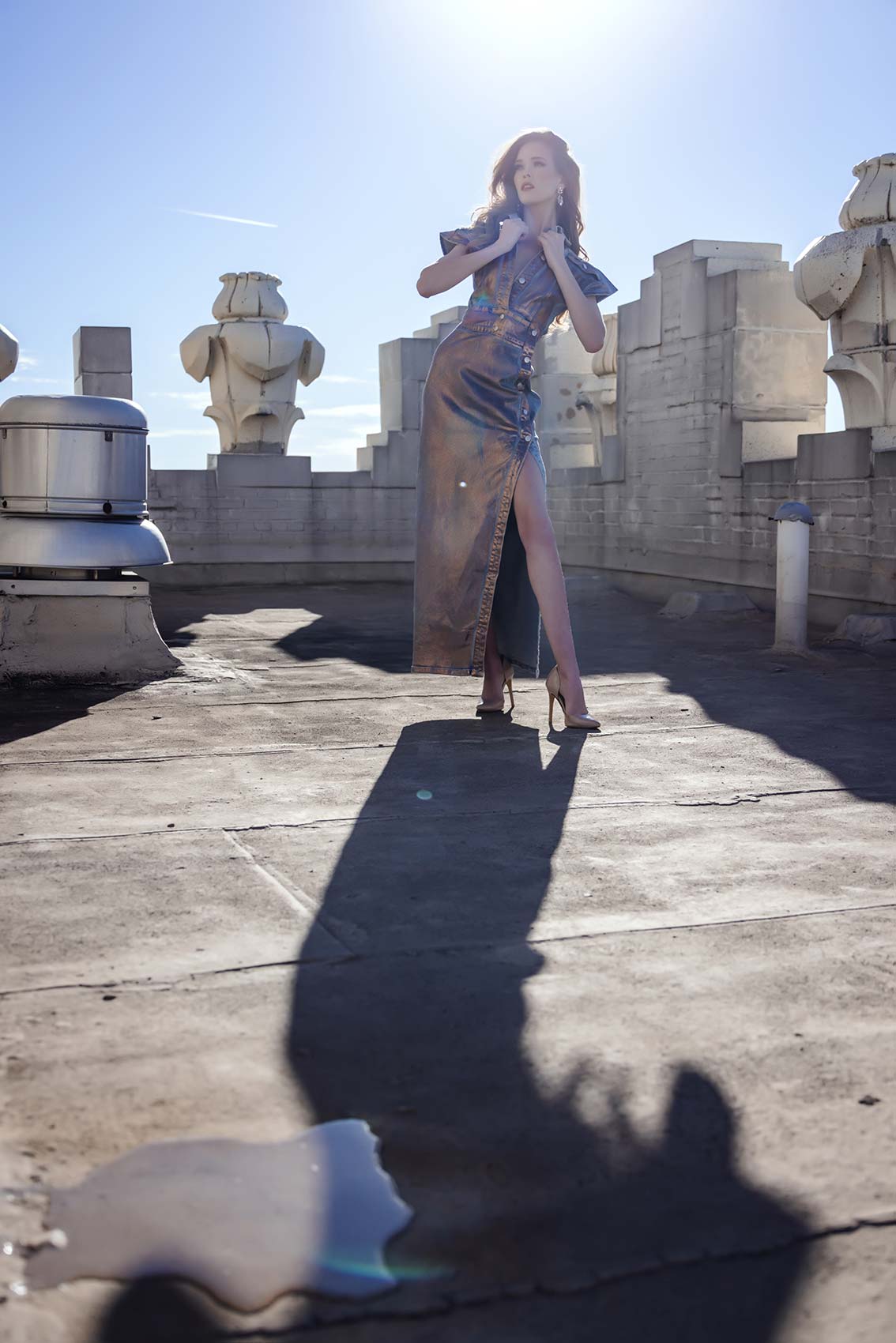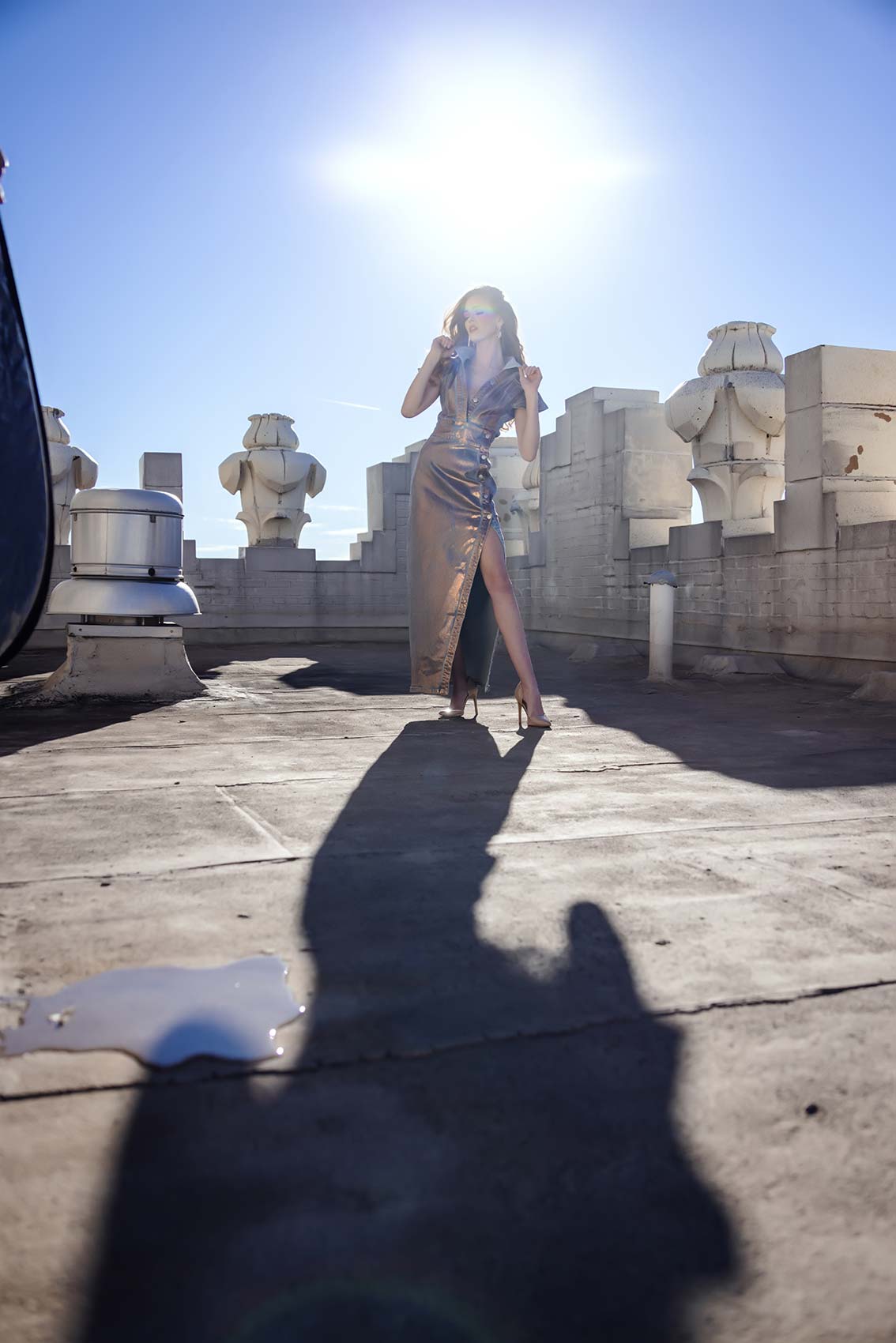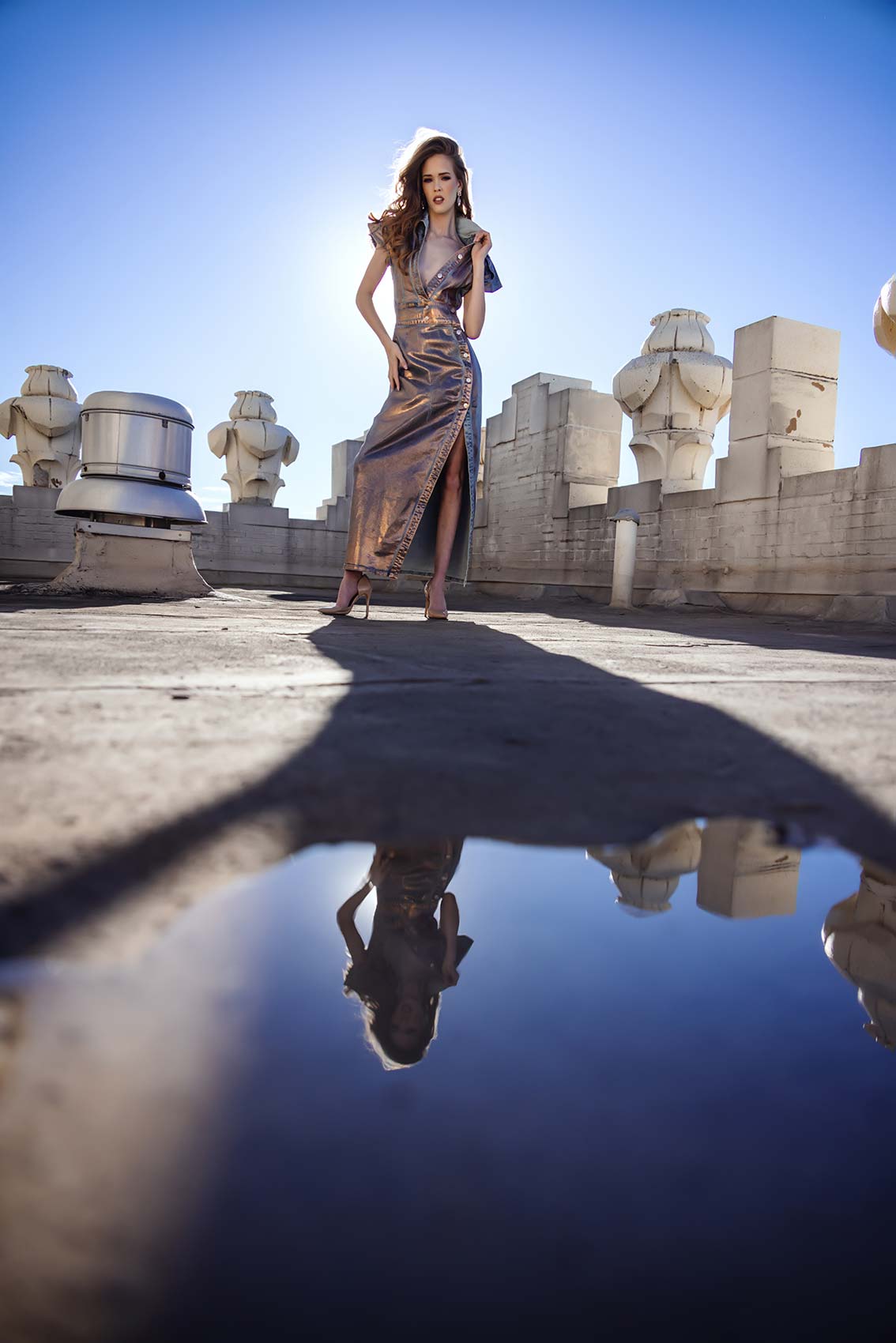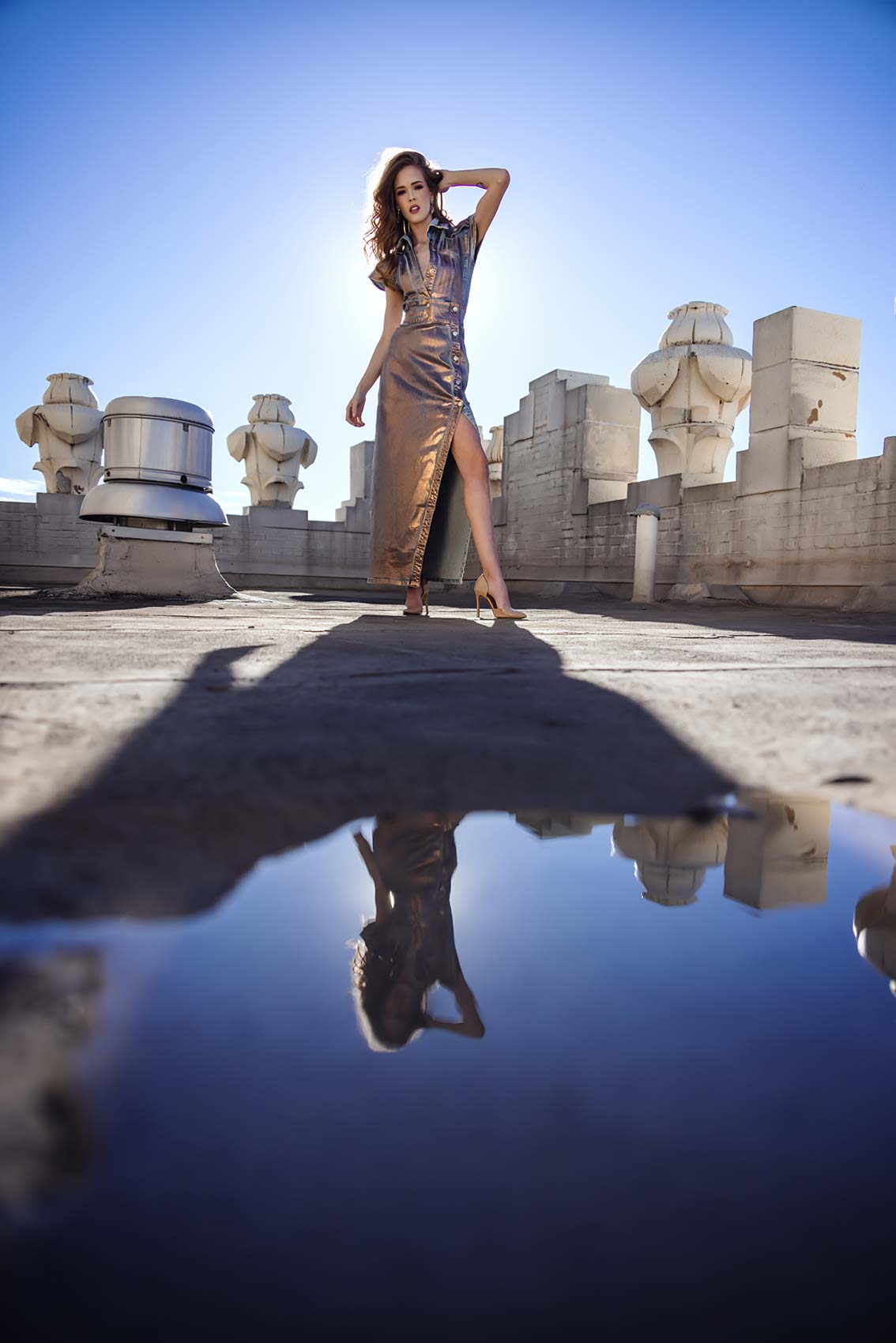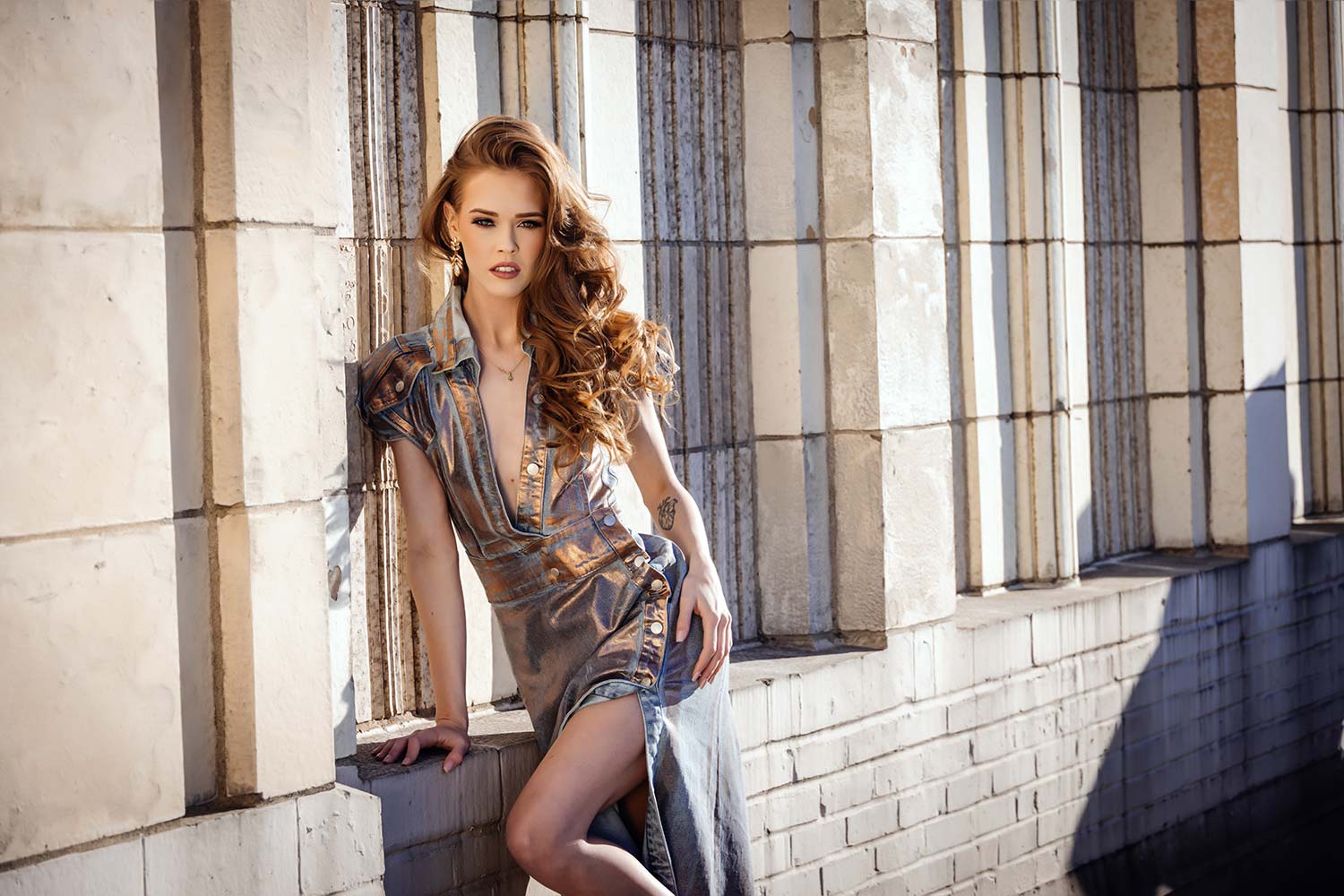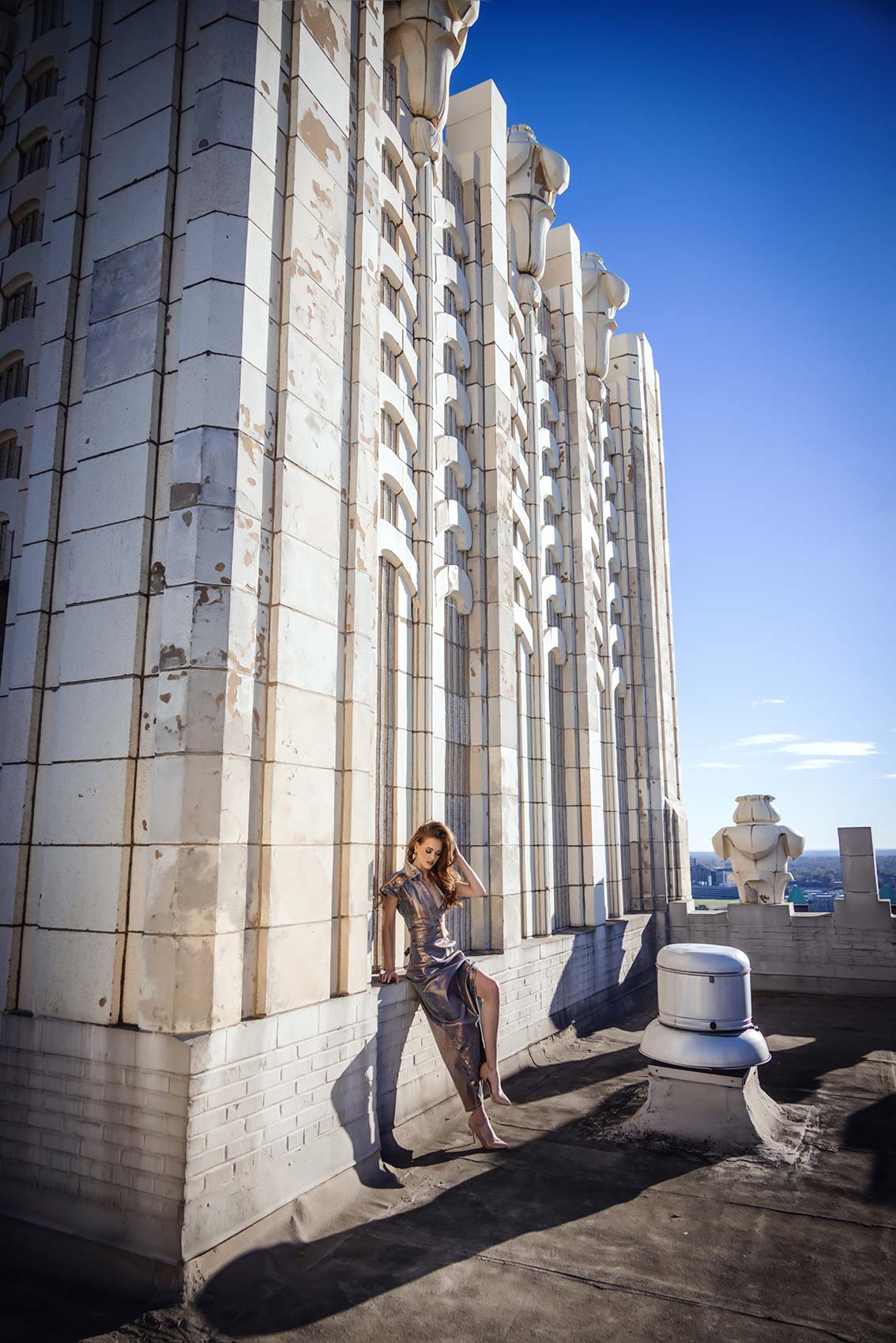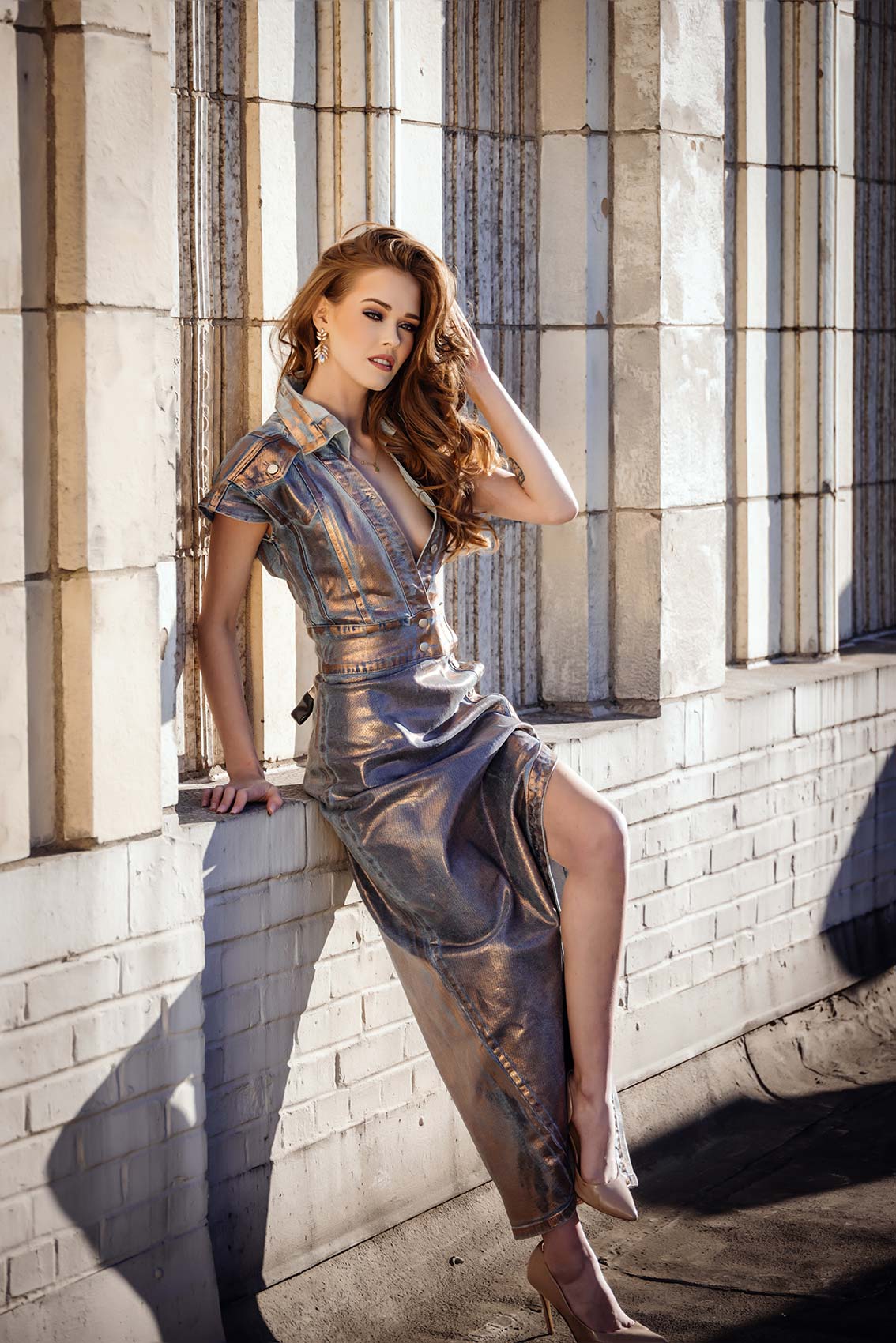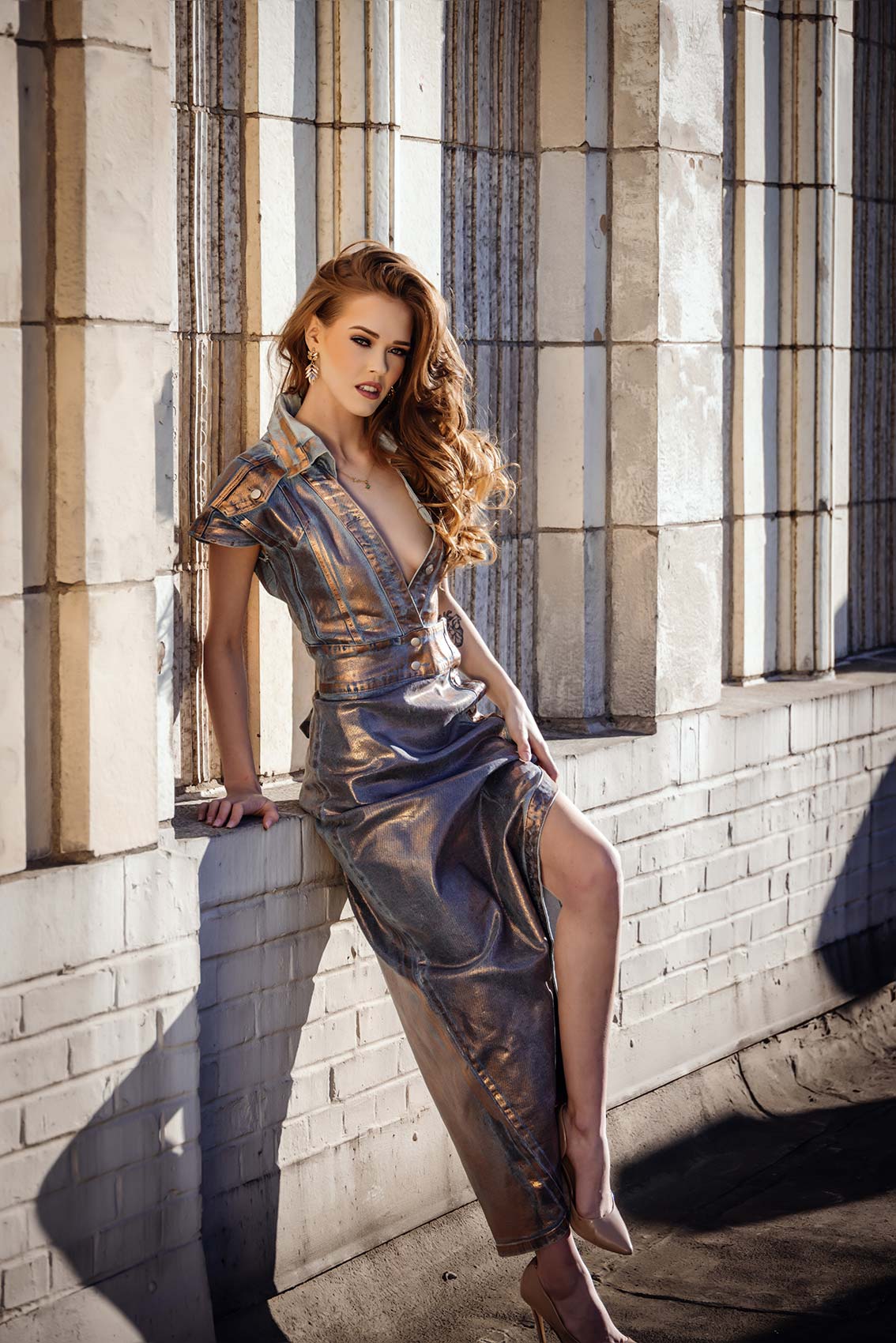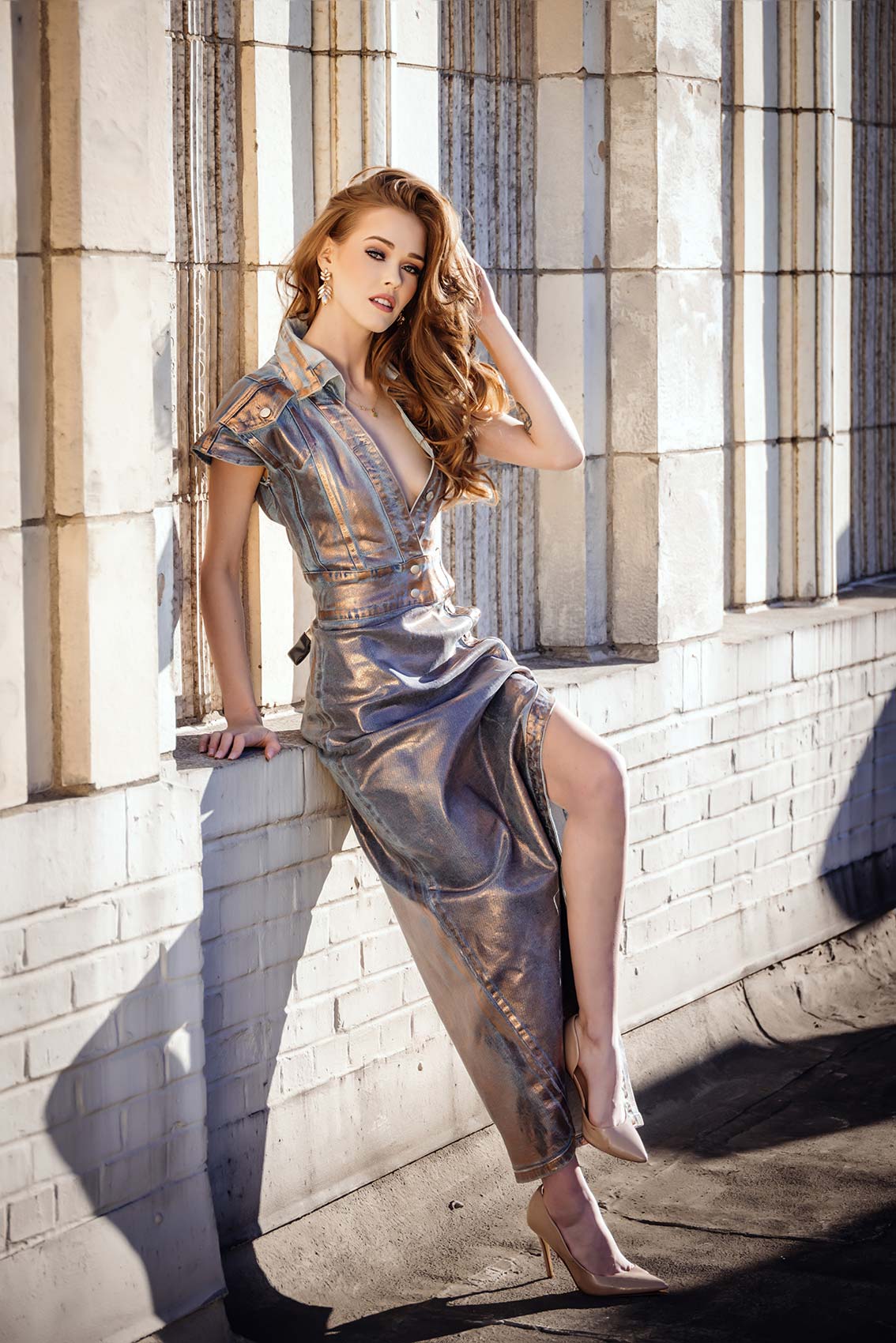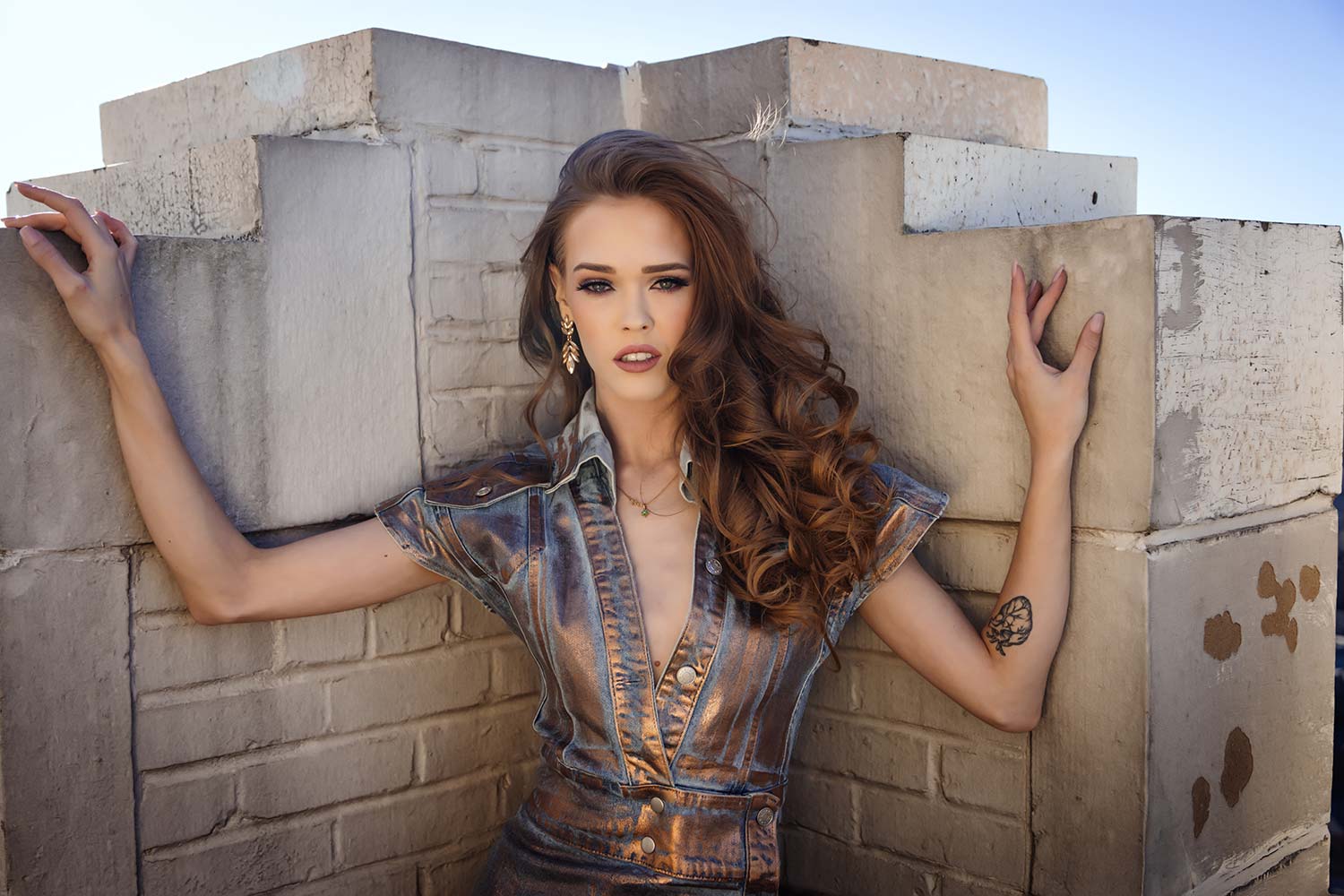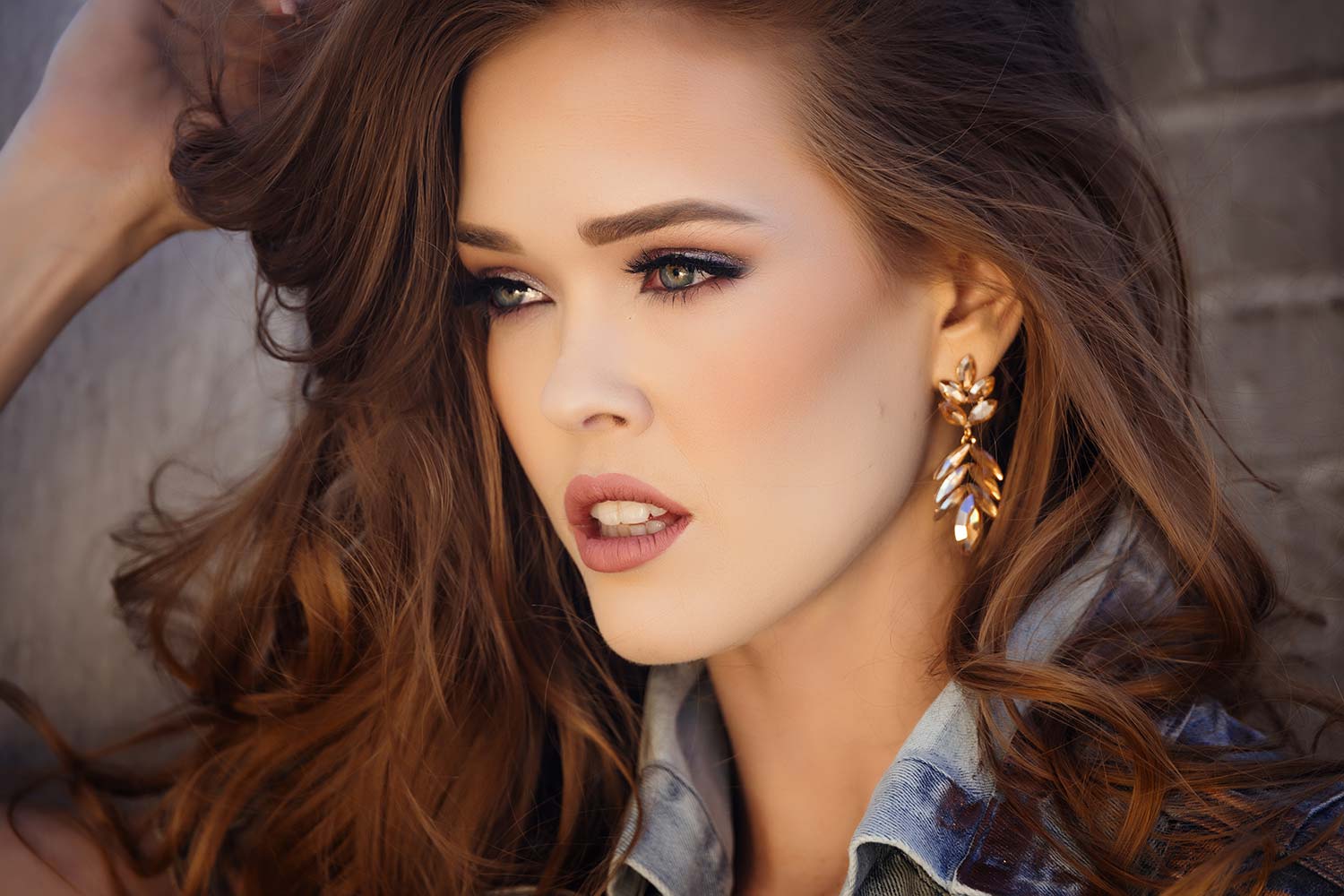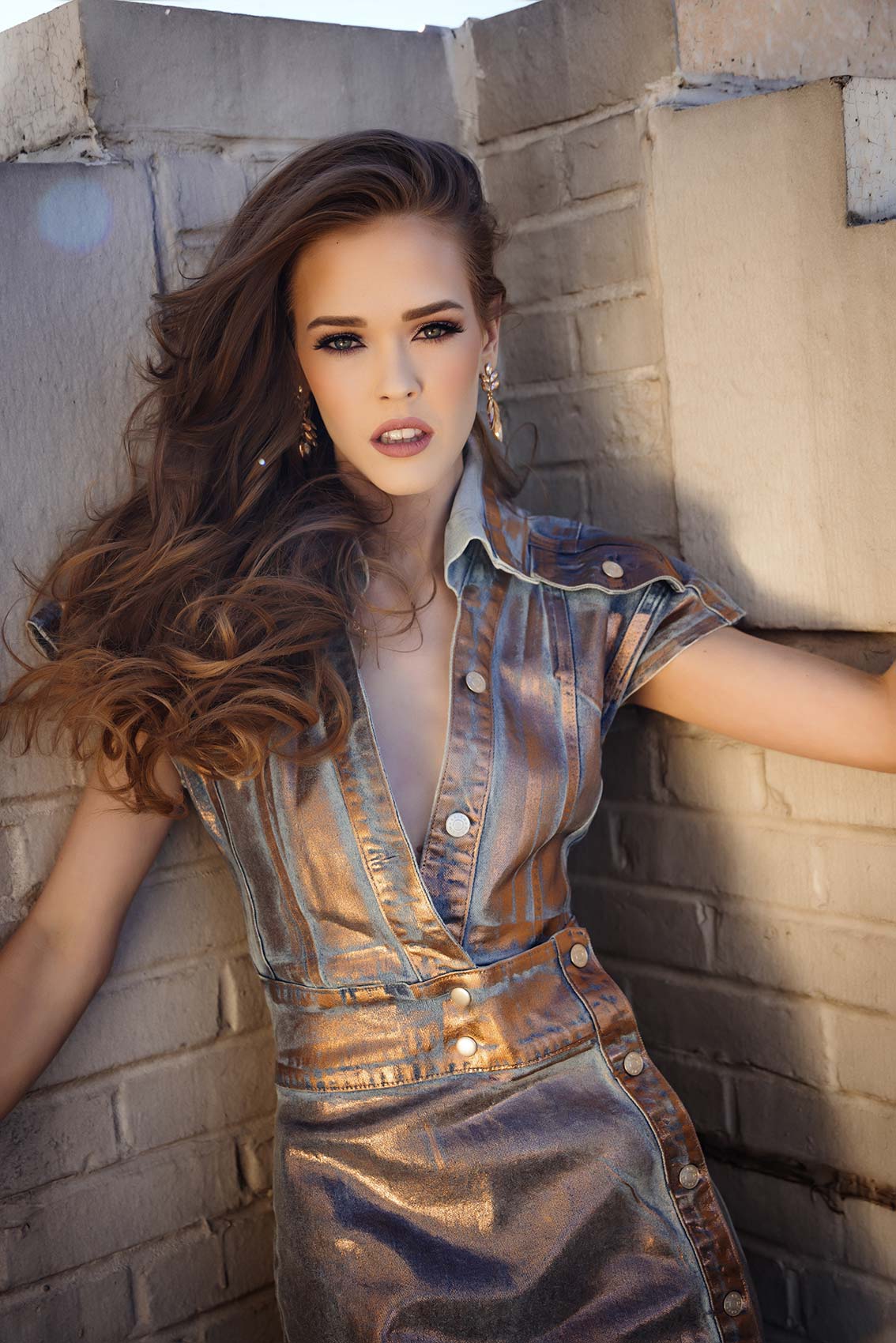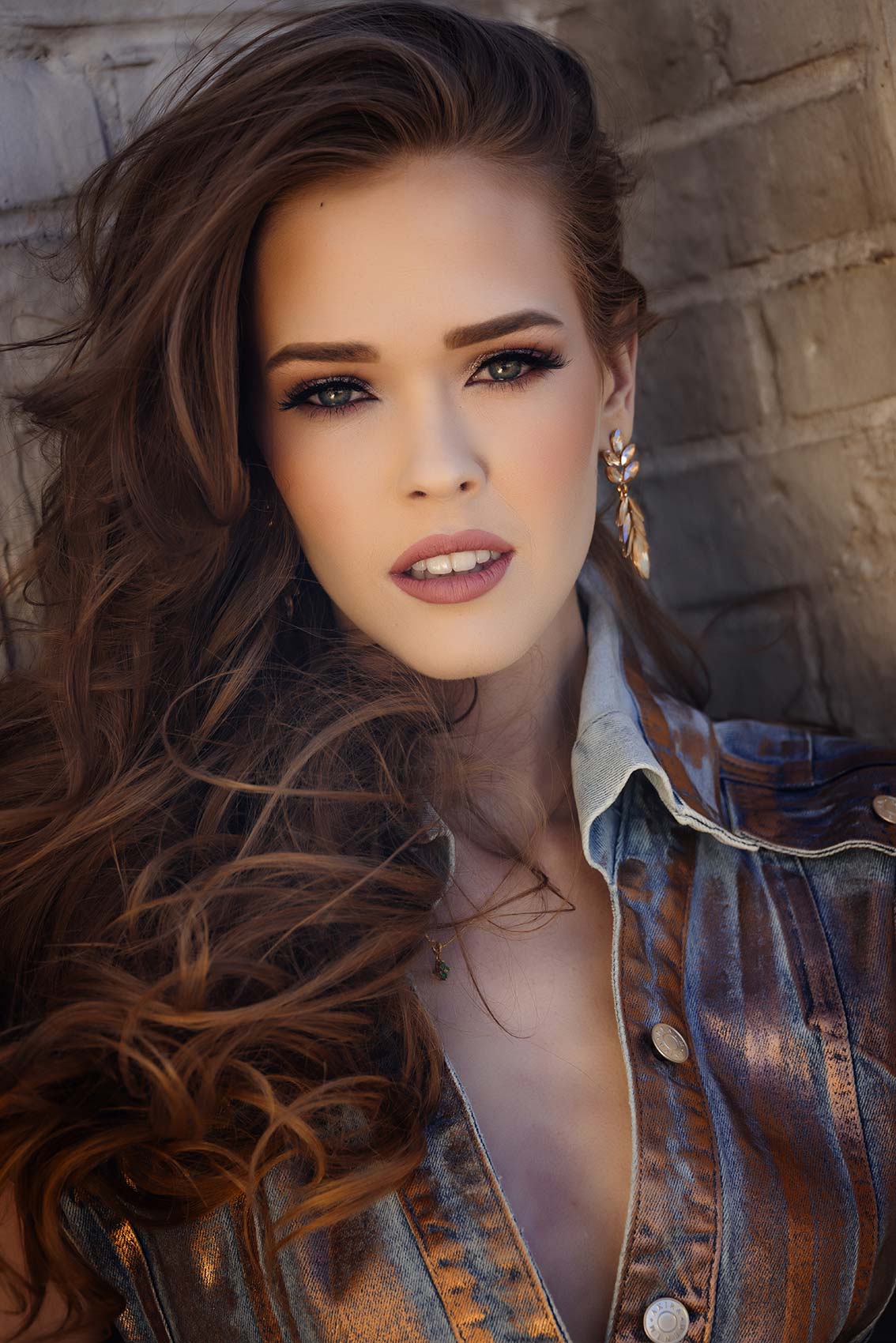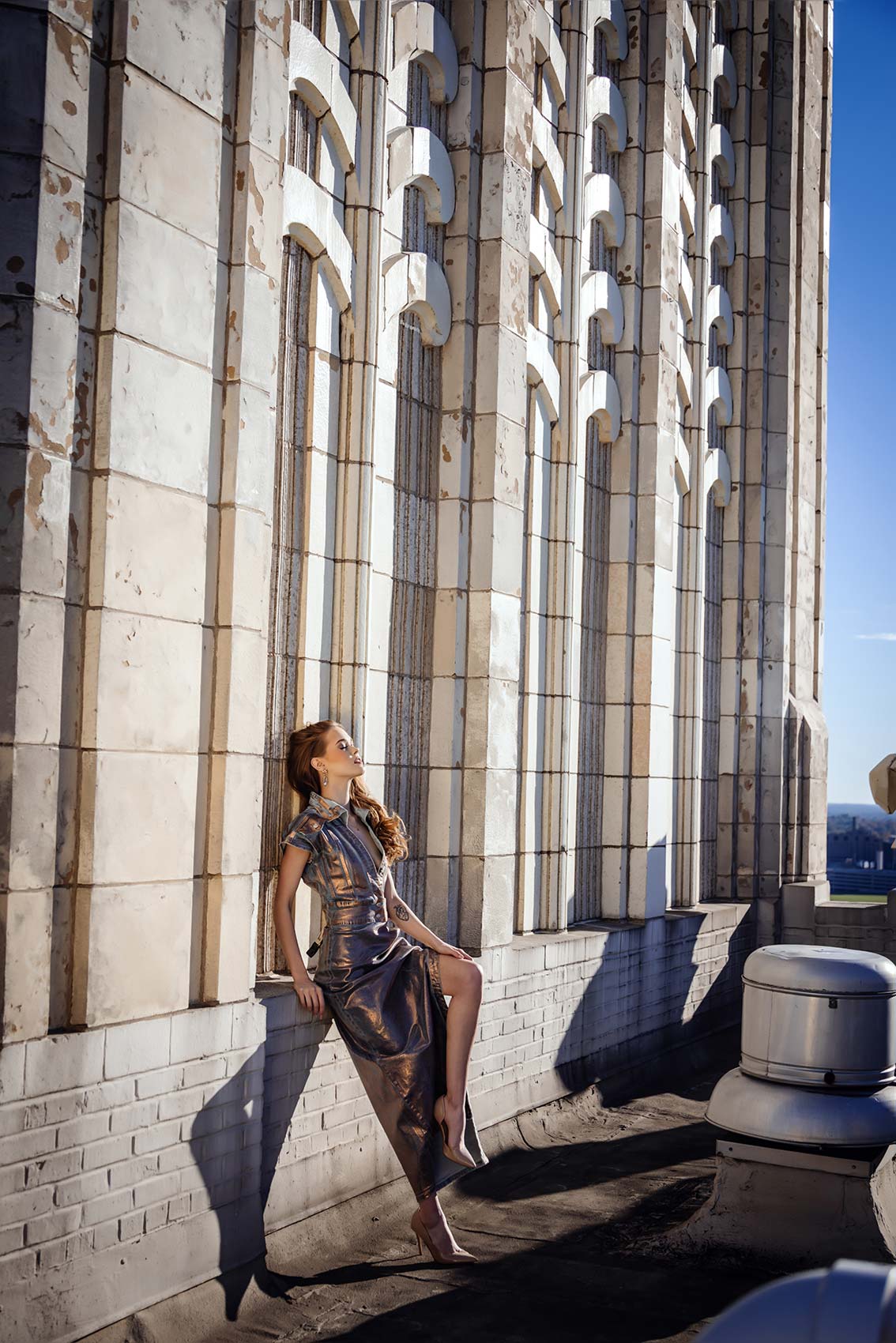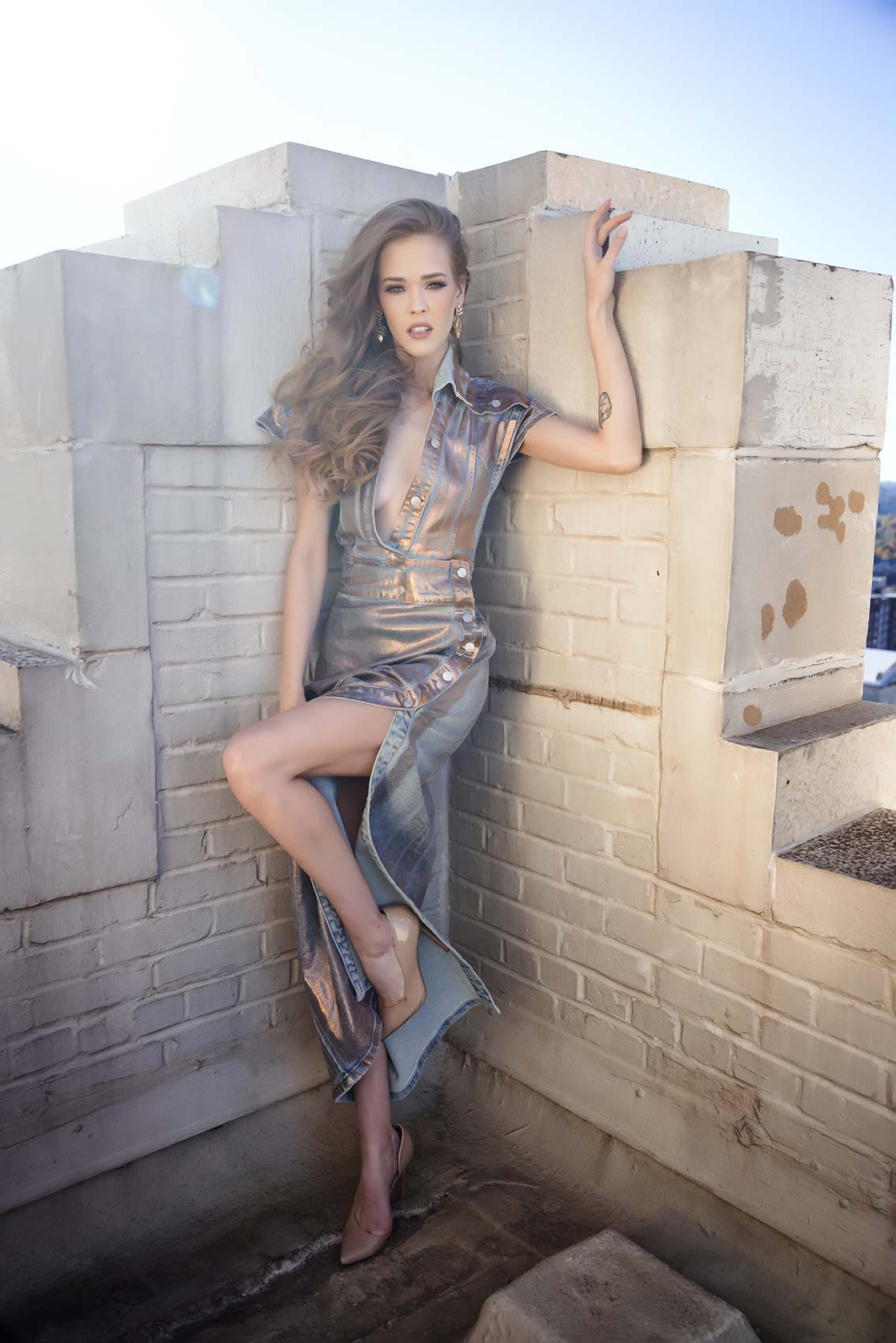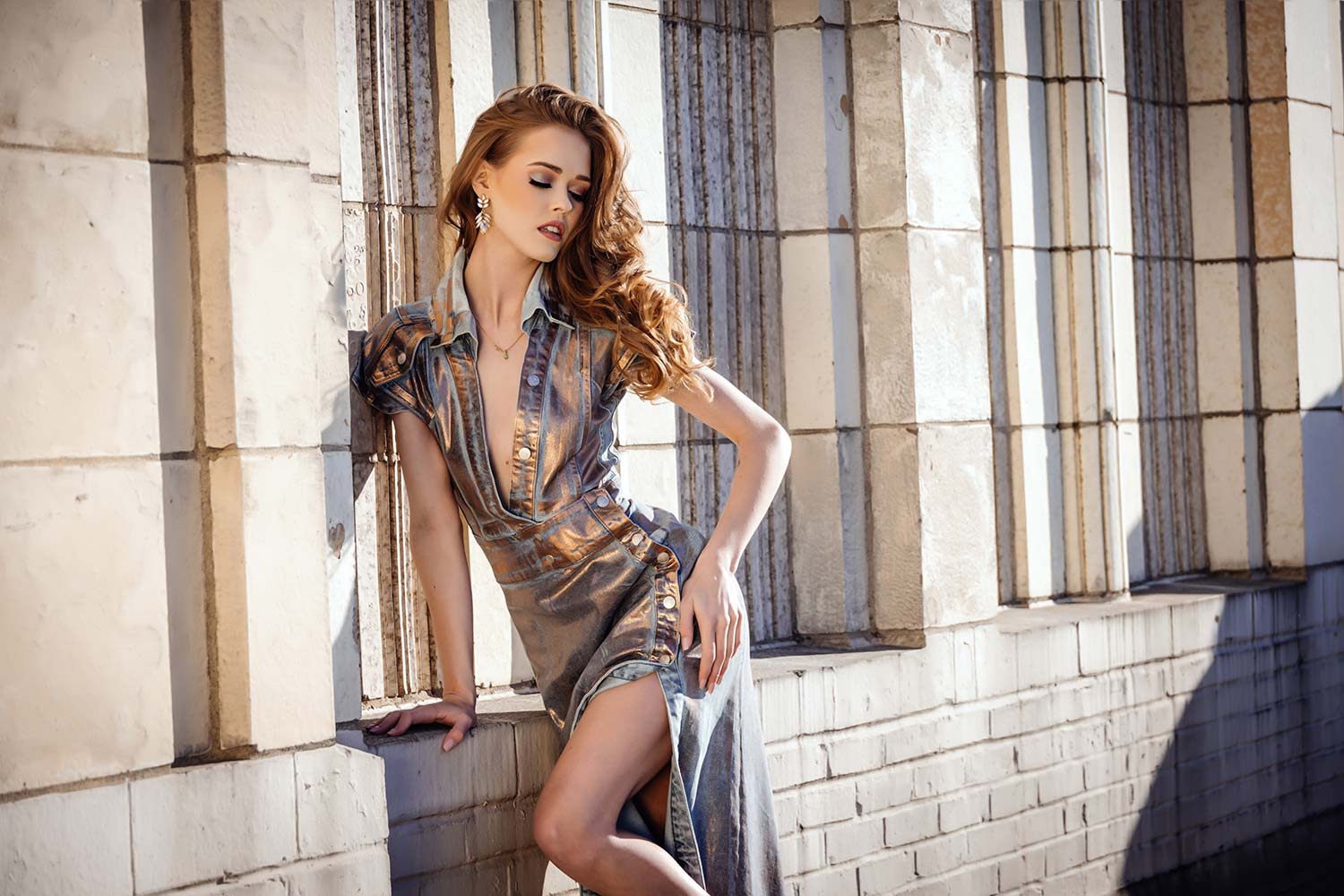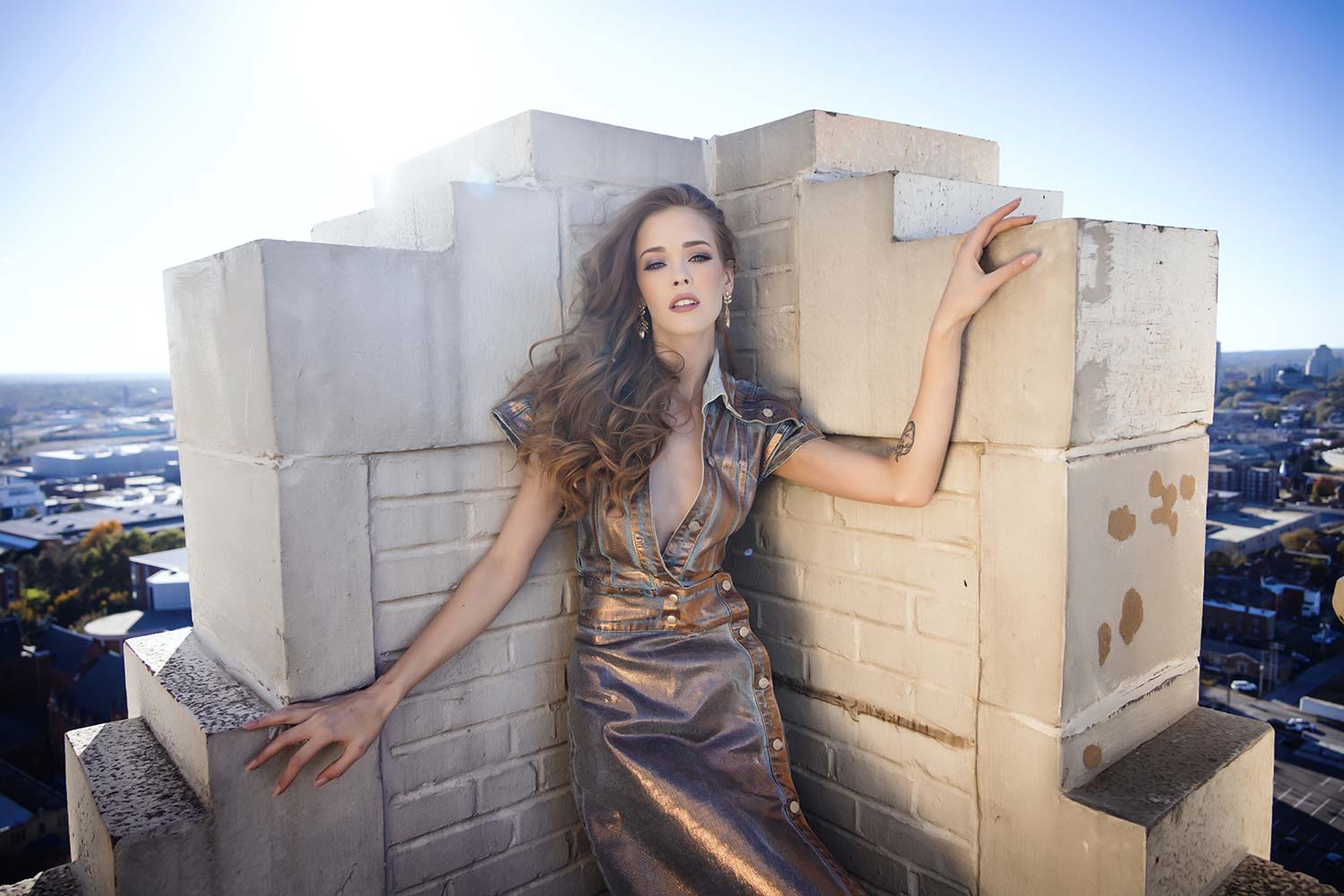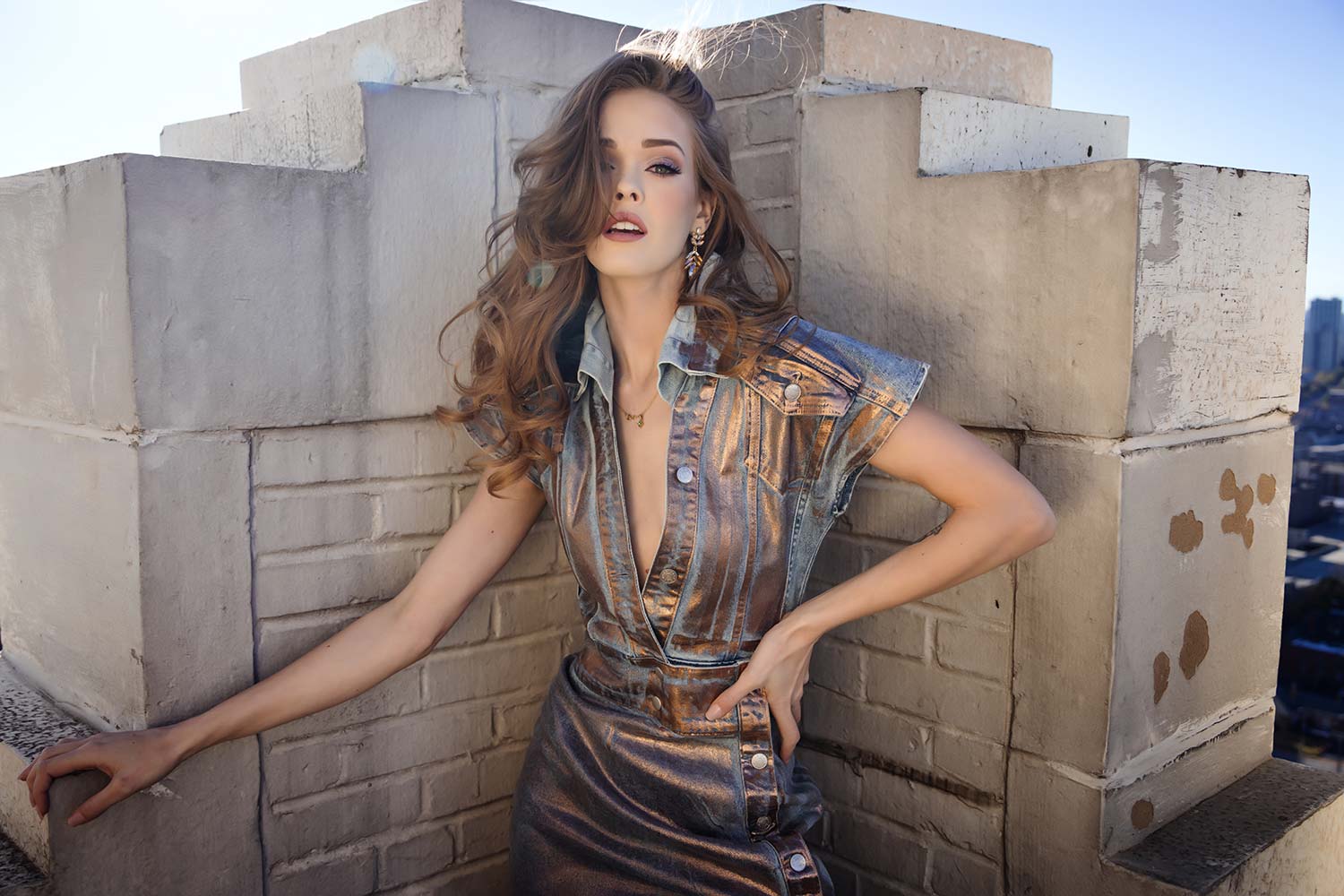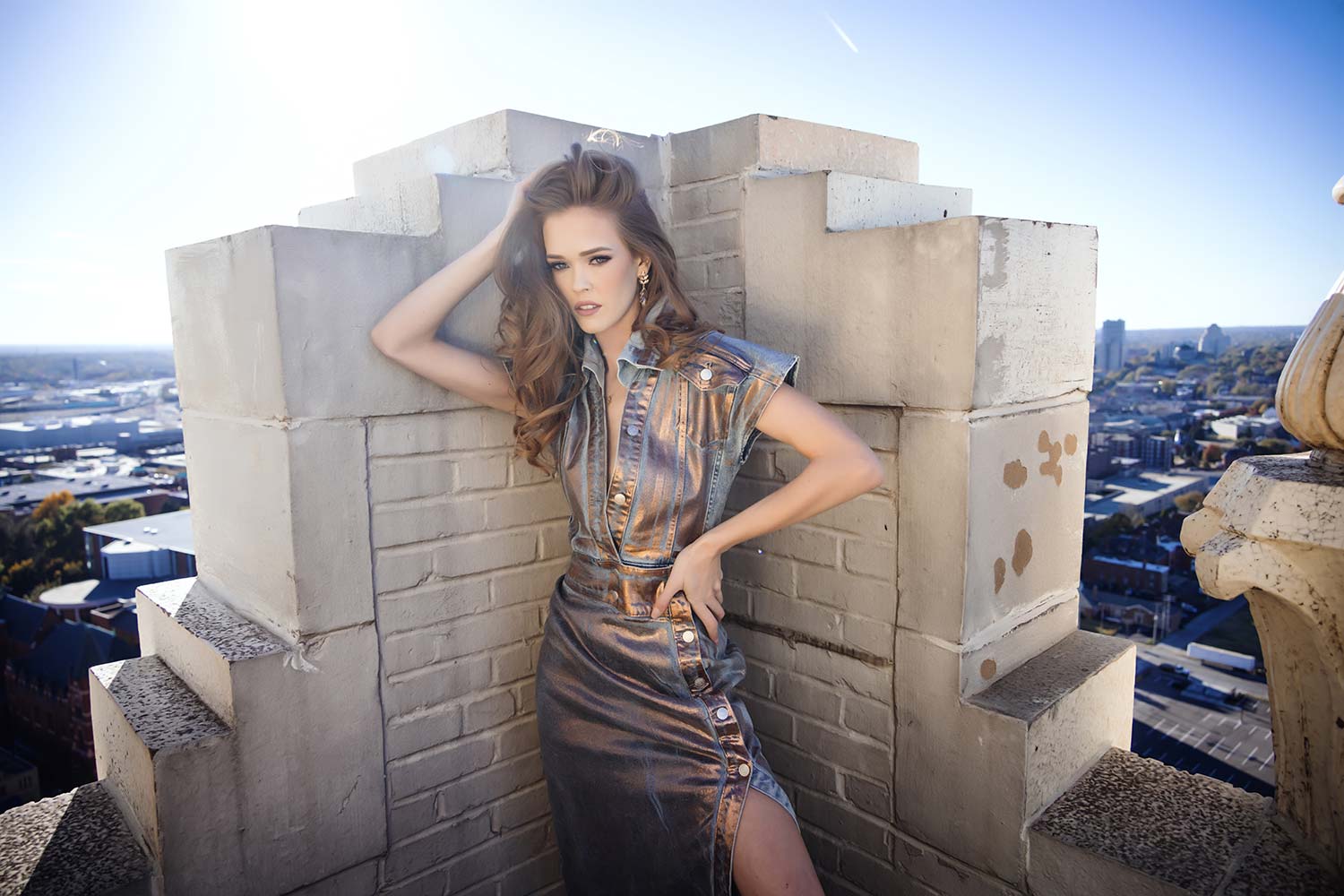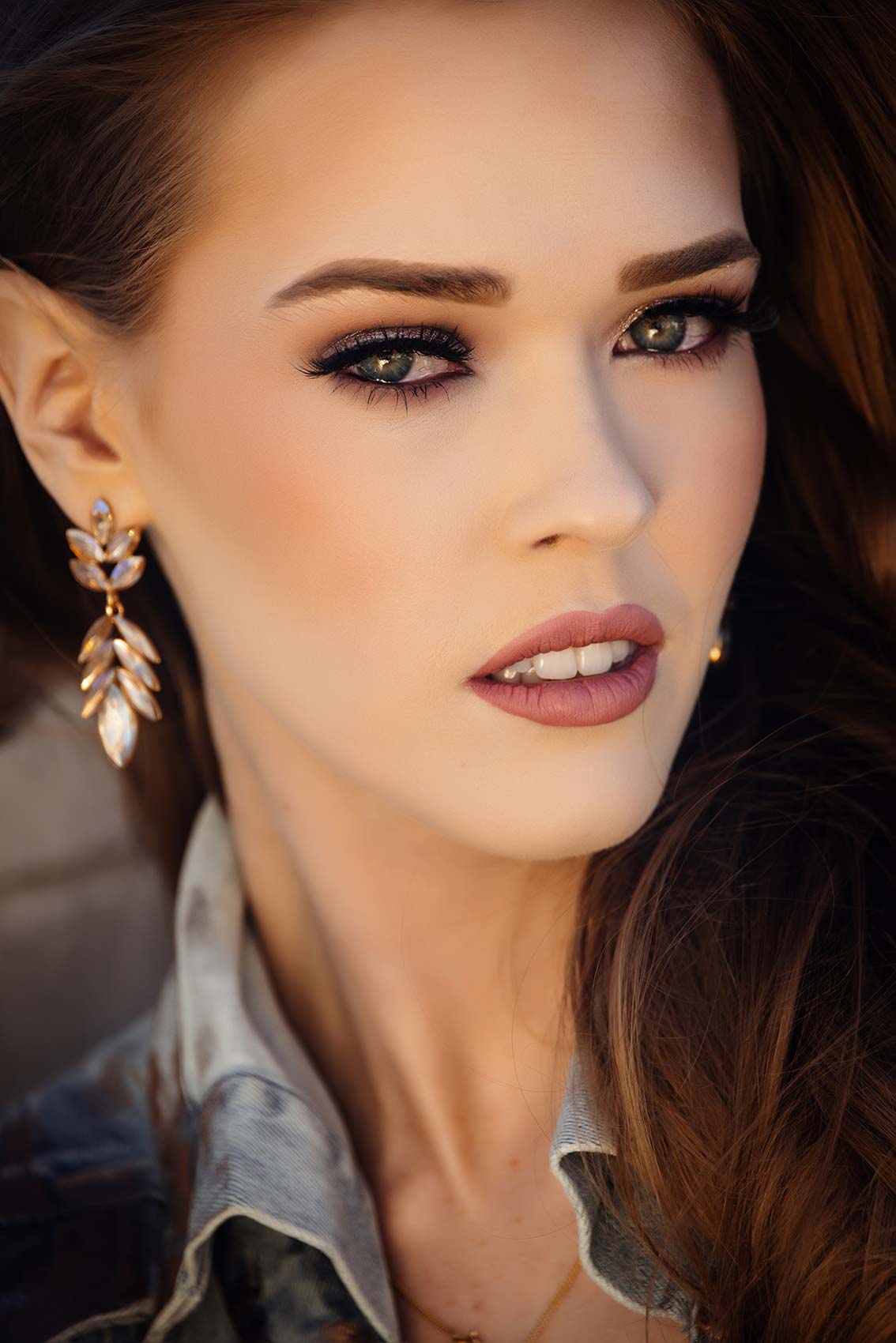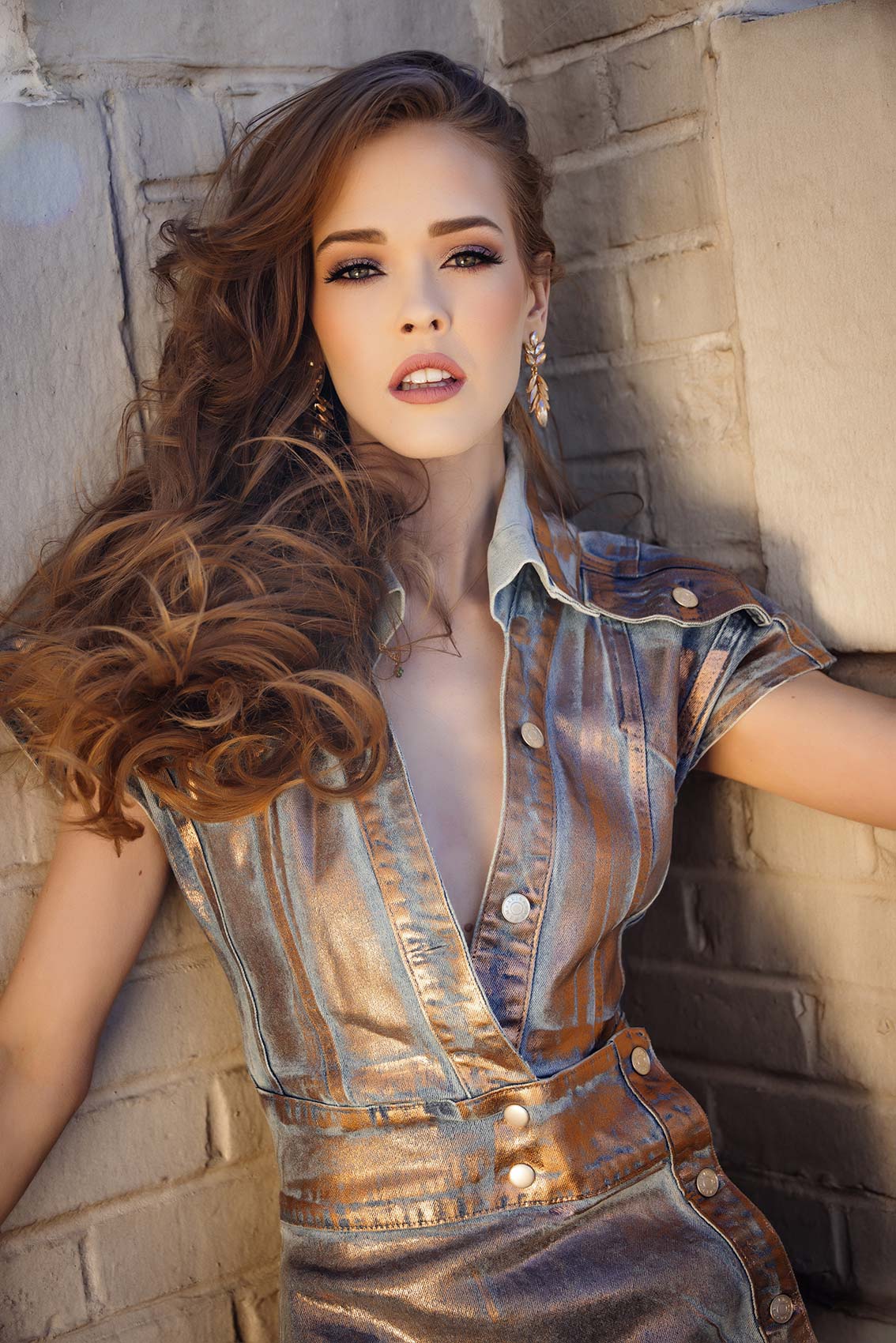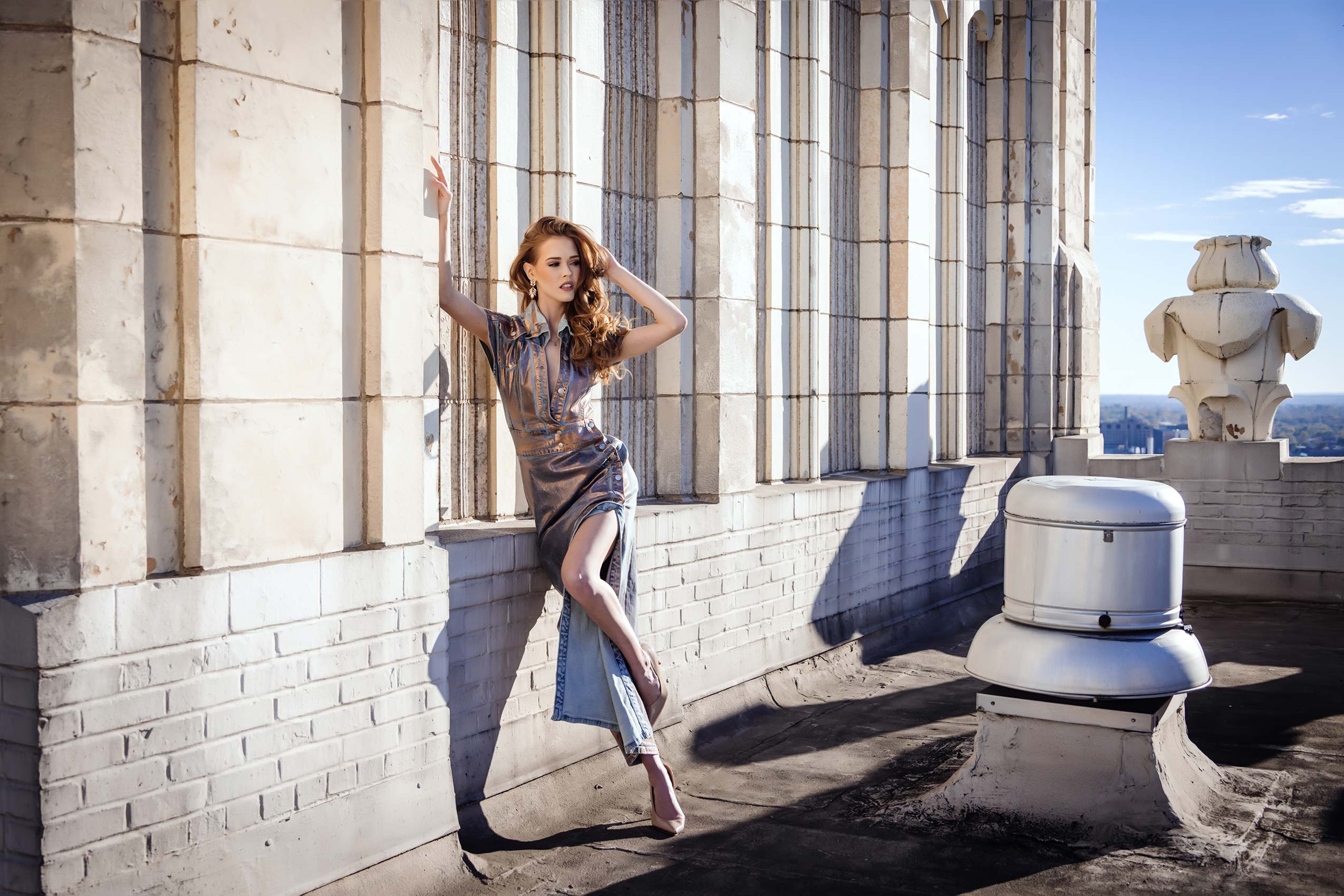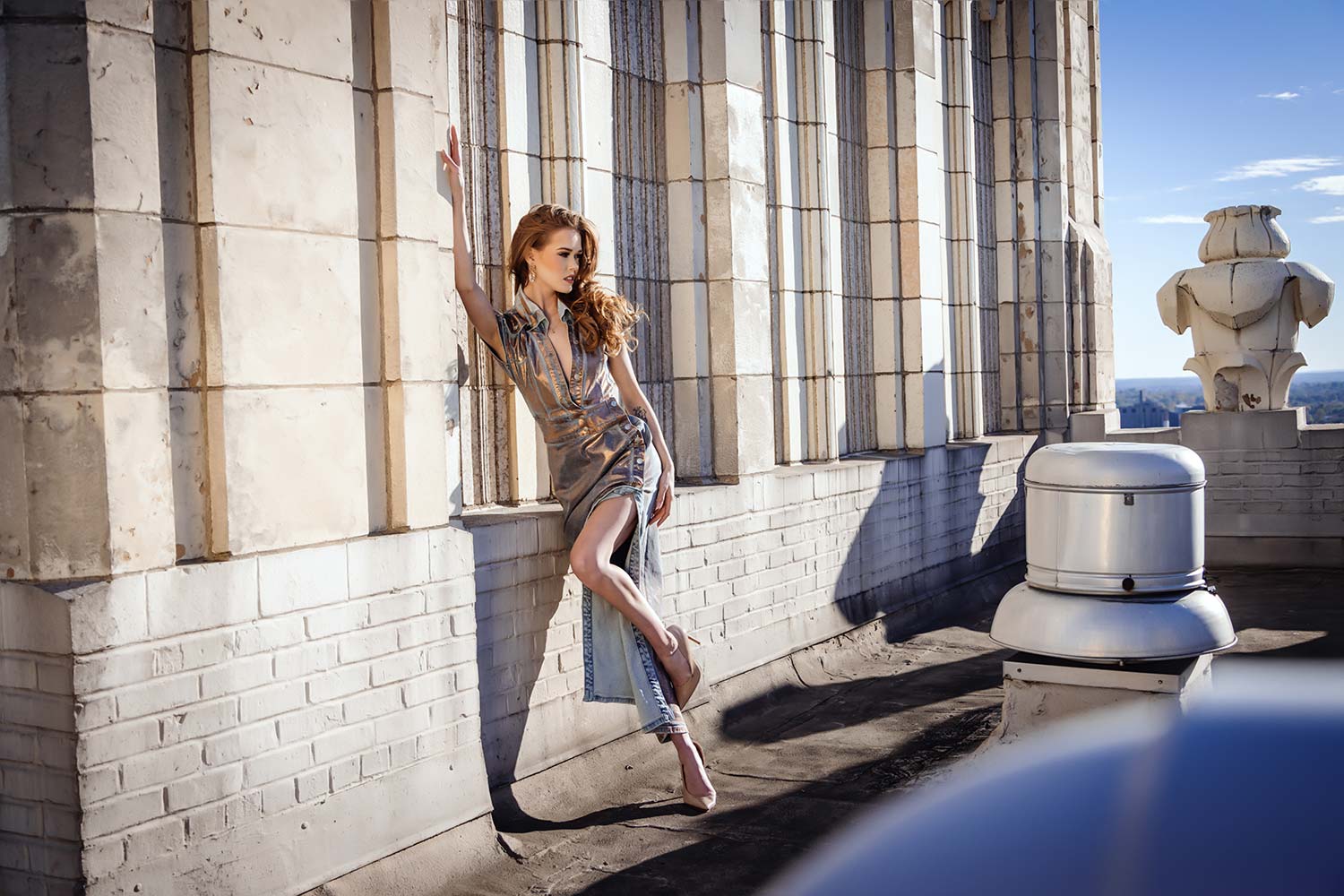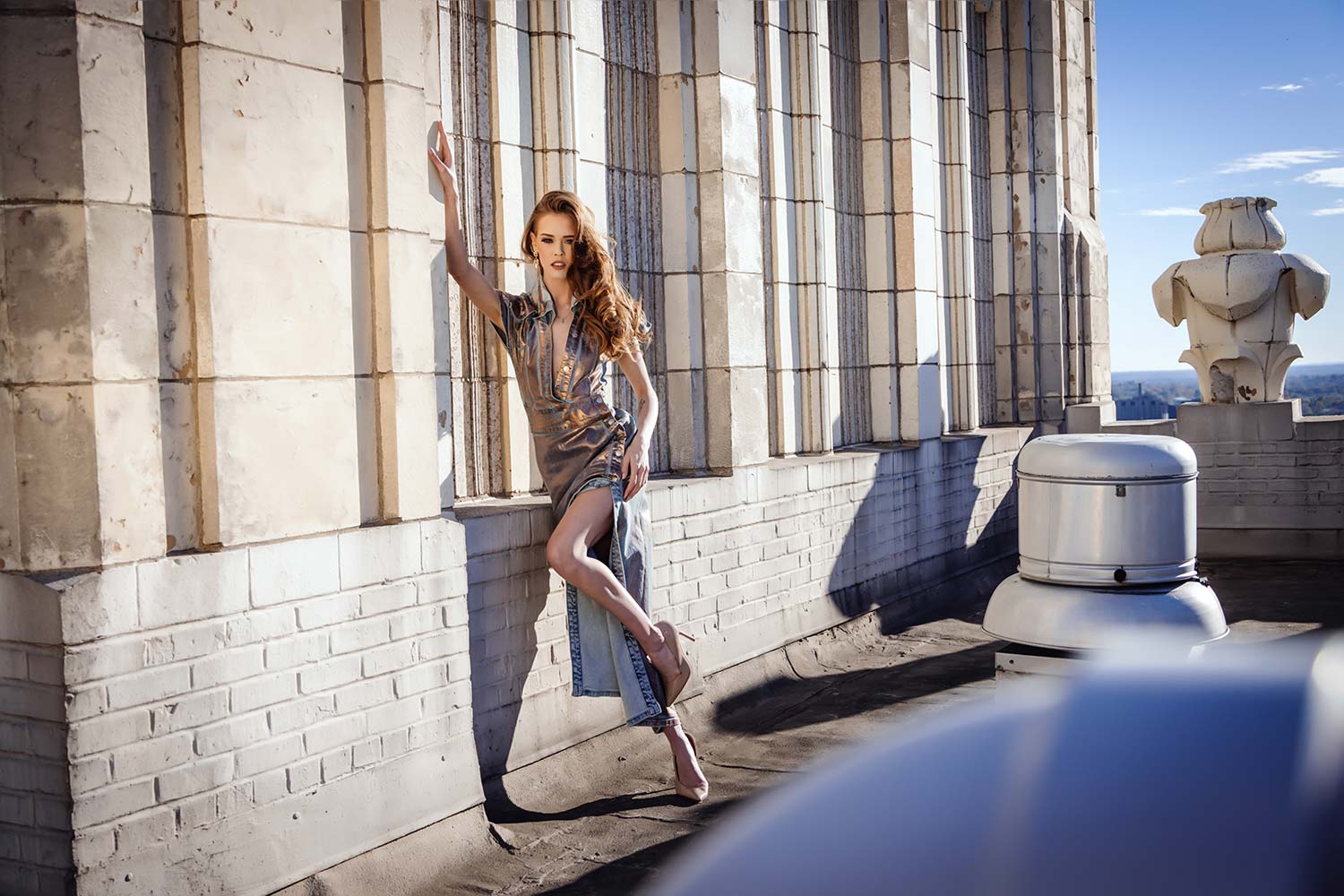Is the Canon RF24-240 worth it for portrait photographers? Most portrait photographers would never consider a lens like this. We are used to working with faster lenses or primes for that matter. Looking for a versatile lens for your portrait photography? Join Sal Cincotta as he tests out the Canon RF-24-240 lens on a rooftop fashion shoot. Discover how the lens’s f4 to f6.3 aperture range affects the depth of field at different zoom levels. Find out if this lens is the perfect fit for your portrait photography needs. Don’t forget to subscribe for more camera gear reviews and tips!
Equipment Used:
Camera: Canon EOS R5
Lens: Canon RF 24-240MM
Light: Natural Light
Modifiers: Reflector
Team:
Photographer: Sal Cincotta
Model: Violet Deardorff
Hair & Makeup: Brandi Patton, Refine Beauty
What’s up, everyone? My name is Sal Cincotta. Today, we are checking out the Canon RF 24-240 on a rooftop fashion shoe. Let’s get to it.
All right, so normally, for the Canon RF 24-240, it is an F4 6.3. Meaning, that depth of field is going to change as you zoom in. So at wide, it’s going to be F4. As you zoom in to 240, it’s going to be F6.3. Now, normally, I would say I wouldn’t use this for portrait session because I’m not going to get that depth of field. And so today, I’m going to prove that out to see if I’m right or wrong on it. And the reason I’m even entertaining this is because I am on a rooftop here, and I don’t want to have my bags up here. We had to walk up multiple flights of stairs to get here. I want to be able to get something wide, 24 millimeters, but also zoom in and get that nice portrait.
Now, something else to notice is the focus length. So at its widest point, 24 millimeters, I can get focus at about 1.5 feet. So foot and a half added zoom 240 millimeters. So zoomed all the way in. I’m going to be able to get focused at about two and a half feet. So that’s really, really good. So I can be this distance at 240 millimeters and still get focused on that. So that’s the thing that got me excited about it. But let me give you some of the other specs, and then we’re going to get shooting because this location is absolutely one of a kind, very, very special.
Settings: f/6.3 @ 1/640, ISO 200
All right, guys, so I just want you to see it’s at F4. I don’t have to mess around with F stops on the wide side. It’s F4. As I zoom in, it’s automatically going to change to F6. So it’s just not something I’m going to have to think about. And so it’s not a prime. You’re not going to have a fixed F stop on this, but that’s okay because of all the other benefits that you’re going to get.
Now for me, I can just keep shooting her at 240. I’m not even at 240 yet, and I’m getting nice up the field. We’re going wide again. Love this, Violet. This is super cool, man.
Settings: f/5 @ 1/1600, ISO 200
Now, I’m going to use this at 240. Here we go. I cannot believe this lens right now. Watch that hair in your eye. Holy smokes, man. I didn’t see it coming. Cannon kind of caught me off guard with this 24-240. Never would’ve considered it before in my life. I cannot believe the images. I hope you guys love them.
Settings: f/5.6 @ 1/1000, ISO 200
I was actually blown away by how close I was standing to her and shooting at 240 on some of these images. I’m just checking on the back of my camera. I can’t wait to get them in post-production, but you’re seeing some of these finals. The ability to work in one spot, punching in and out, in and out super fast without having to change lenses. Absolutely amazing. I can’t believe it. I’m going to say it. You’re just getting started out in photographer or an advanced photographer, which I would consider myself an advanced photographer. This is absolutely something worth adding in your bag, and that under $1,000, there’s absolutely no reason for you not to have it.
Hope you enjoy the video. We’ll see you in the next one.

